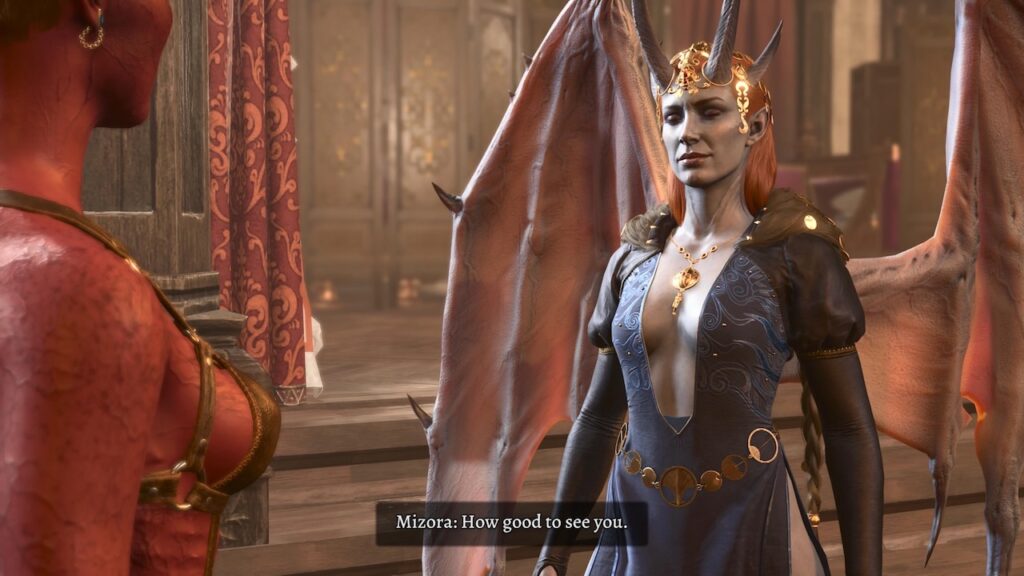
I have a general disclaimer associated with my series of Baldur’s Gate 3 posts: Anyone looking for tips how to solo Honor mode is probably looking in the wrong place.
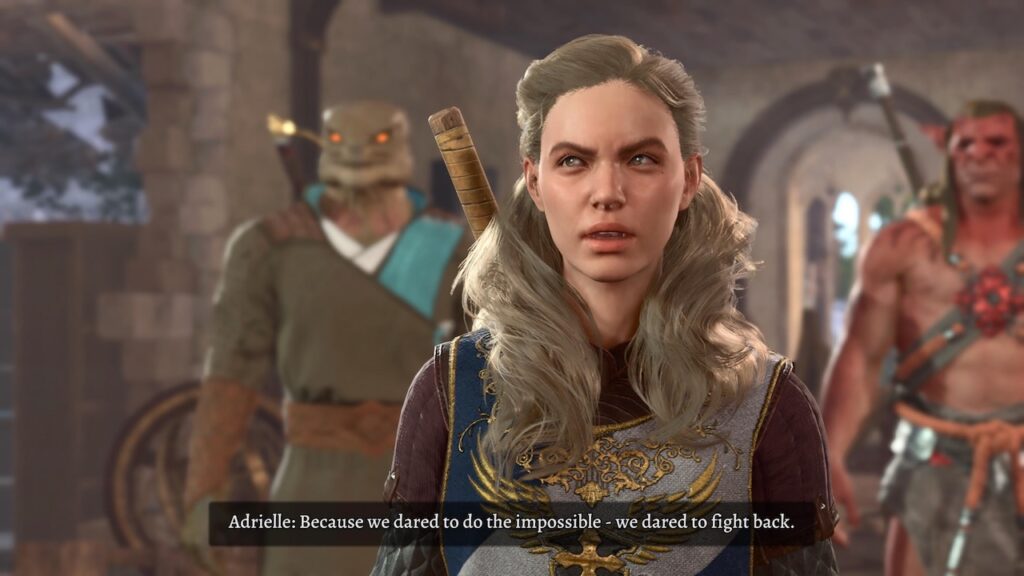
For this post, I’m weakening that disclaimer. The disparate topics I’m going to discuss are advanced enough that folks pursuing playthroughs at higher difficulty levels might find them useful.
The opposite side of that coin is that if you don’t play BG3 (and thank you for at least starting to read this post!), or you’re sticking to Explorer difficulty, it may not be as interesting.
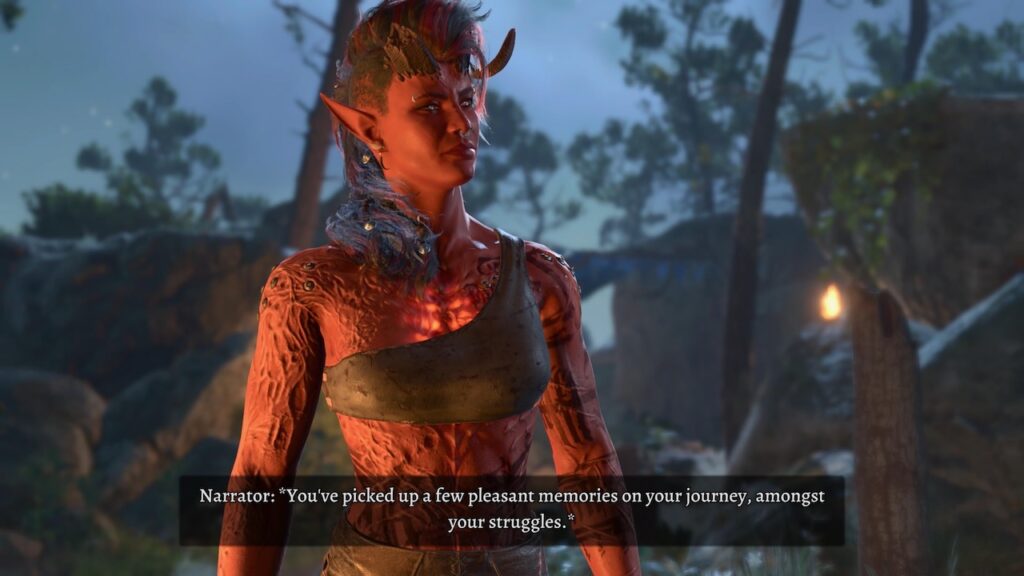
Who am I to say what interests you? Let’s dive in!
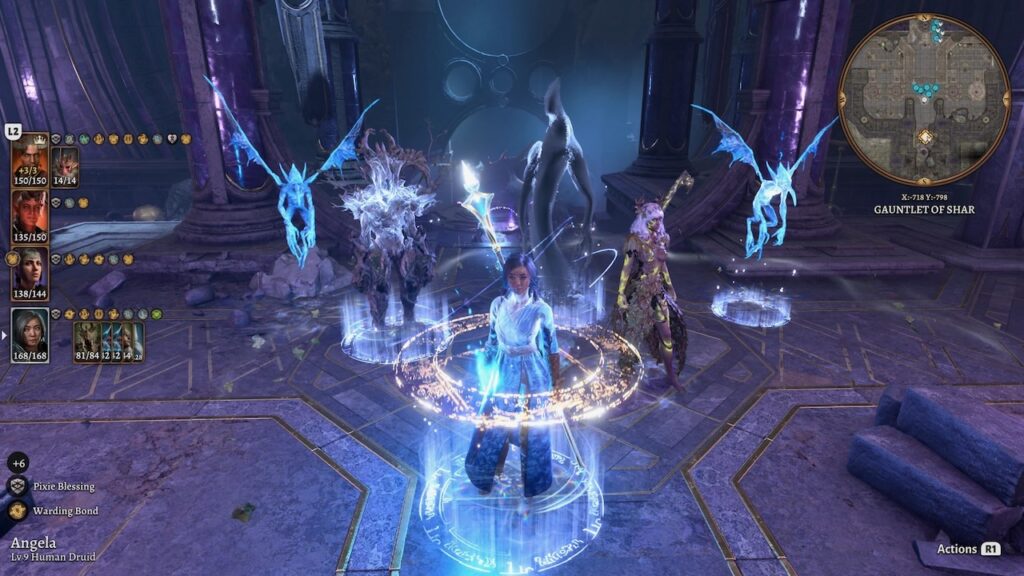
The spark that led to this essay was a video from Garsen. To give some context:
- Garsen is a skilled BG3 player who posts videos with useful character builds. I like his build videos because they’re short and to-the-point; many of the videos in my YouTube BG3 playlist are long and filled with commentary from folks who love the sound of their own voice. (I should edit that playlist down one of these days.) (To be fair, I also love the sound of my own voice, and I love my own hypocrisy.)
- Garsen also posts extended streams of his complete BG3 Honor-mode runs in which he demonstrates the builds he’s presented in his short videos. Each playthrough takes several multi-hour videos. To be honest, I haven’t watched most of them.
- In the following video, he’s demonstrating a Dark Ranger build. He doesn’t seem to have a short video on this build yet. It’s basically a mix of Ranger and Necromancer Wizard.
Here’s the video, cued to the part that sparked my interest and generated this essay. SPOILER ALERT: this video takes place during a key story-related combat in BG3; if you’ve never played the game through at least once, it may give away some surprises (though Garsen skips all the cutscenes). If you don’t want to watch the whole thing (I only watched the last two hours myself), I’ll summarize some key points afterwards:
My notes:
- Garsen takes his time. He plans his strategy. He explains his thinking at each point in his plan. I acknowledge this is tedious to watch if you’re not into advanced BG3; it’s fascinating if you are.
- He does something I’ve never seen before: He groups his summoned creatures together (skeleton archers; very handy; don’t leave the graveyard without one), places a potion bottle in the midst of them, then breaks the bottle so the potion affects all the skeletons at once.
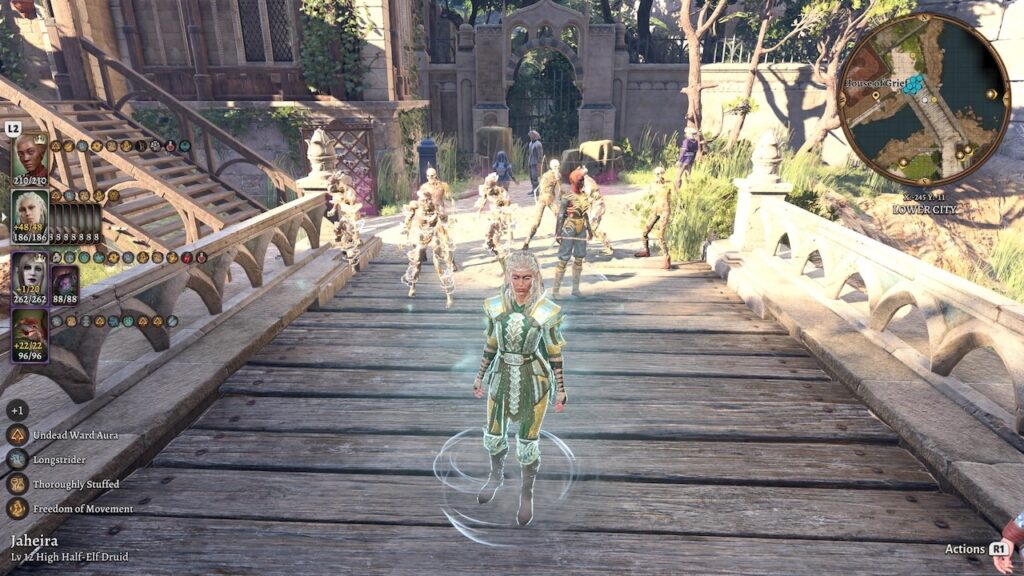
If I were sensible, I’d capture screenshots from the video. Since I’m not, and to give you a visual reference, here’s Jaheira from playthrough 1/14 with a few of her skeletal archers and fungal zombies in the background. My character, Bellandria, stands behind Jaheira and to the right; she’s slightly bemused by all the zombies and skeletons that surround her. - He continues that trick during the combat. He places Speed Potions (for example) in-between his skeletons, and has a different summoned creature (e.g., a raven) break the bottle so that the grouped skeletons get the benefit.
- At the times he only wants a single summoned creature to use an item (e.g., coat their arrows with poison), he has a summoned creature use an item directly out of his character’s inventory.
Those aren’t the only tactics I saw him use that I hadn’t seen before. But the others either fall into the category of “Honor mode is harder” or “pay attention to the tooltips”. It was his use of consumables that was a surprise to me.
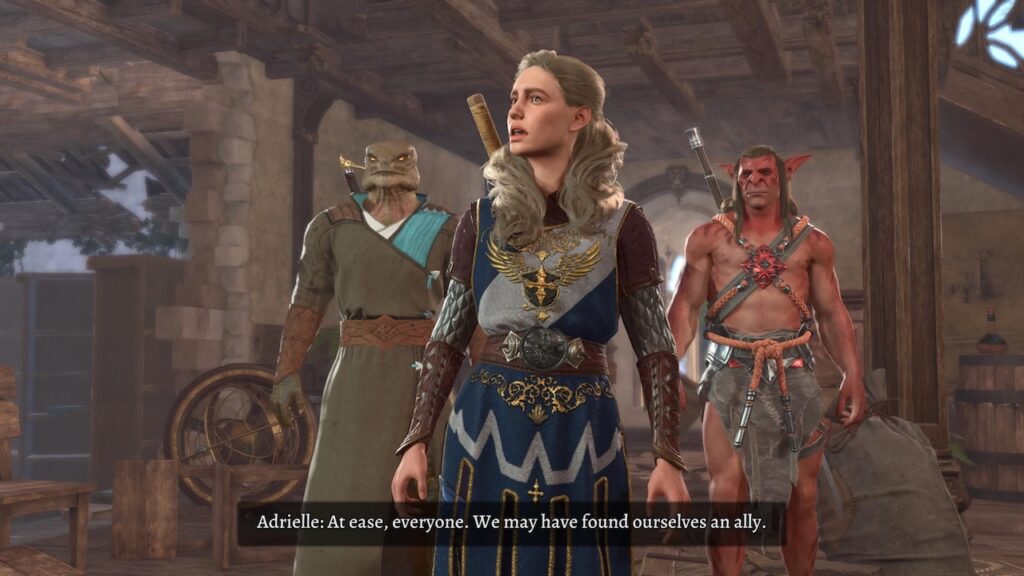
I reported my observations to Real Angela. She is not as interested in detailed tactical planning as I am. Her interest was in trying to conserve Elixirs of Hill Giant Strength by having four characters stand close together, placing the Elixir in the middle, and breaking it. (If you watch the above video, you’ll see Garsen doing the same thing, only to find that the attacks of his summons were based on Dexterity, not Strength.)
What Real Angela reported surprised me: It didn’t really work. The Elixir of Hill Giant Strength worked, but only temporarily: it only lasted ten combat rounds. Normally, an Elixir’s effects last until you next take a Long Rest.
Huh?
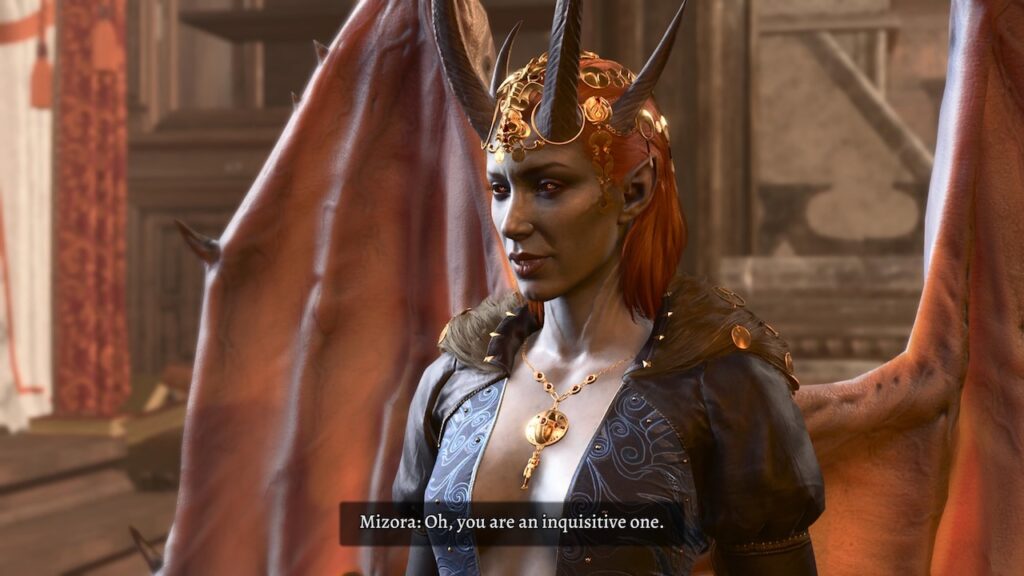
I had to investigate.
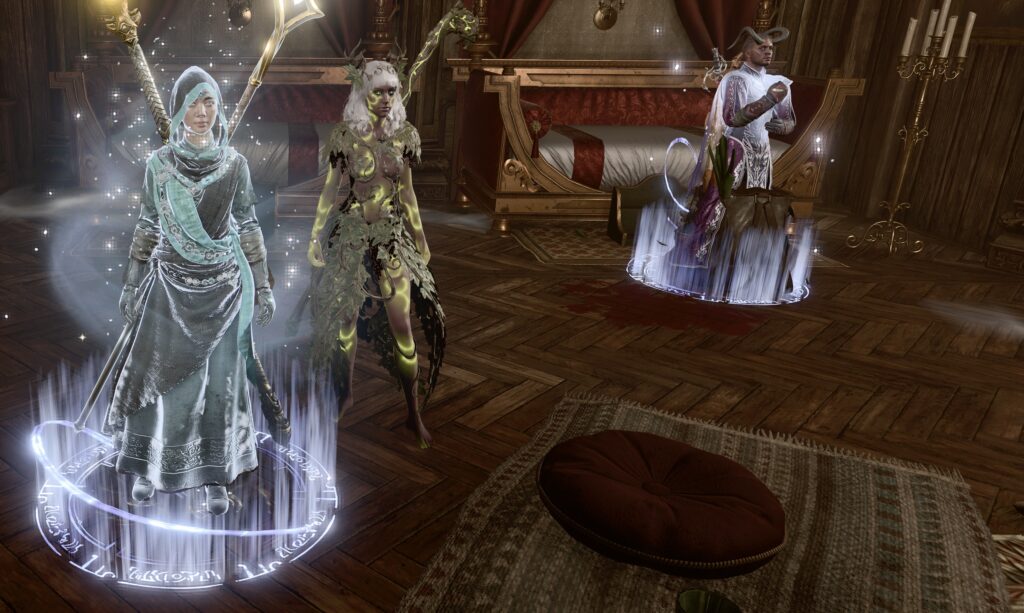
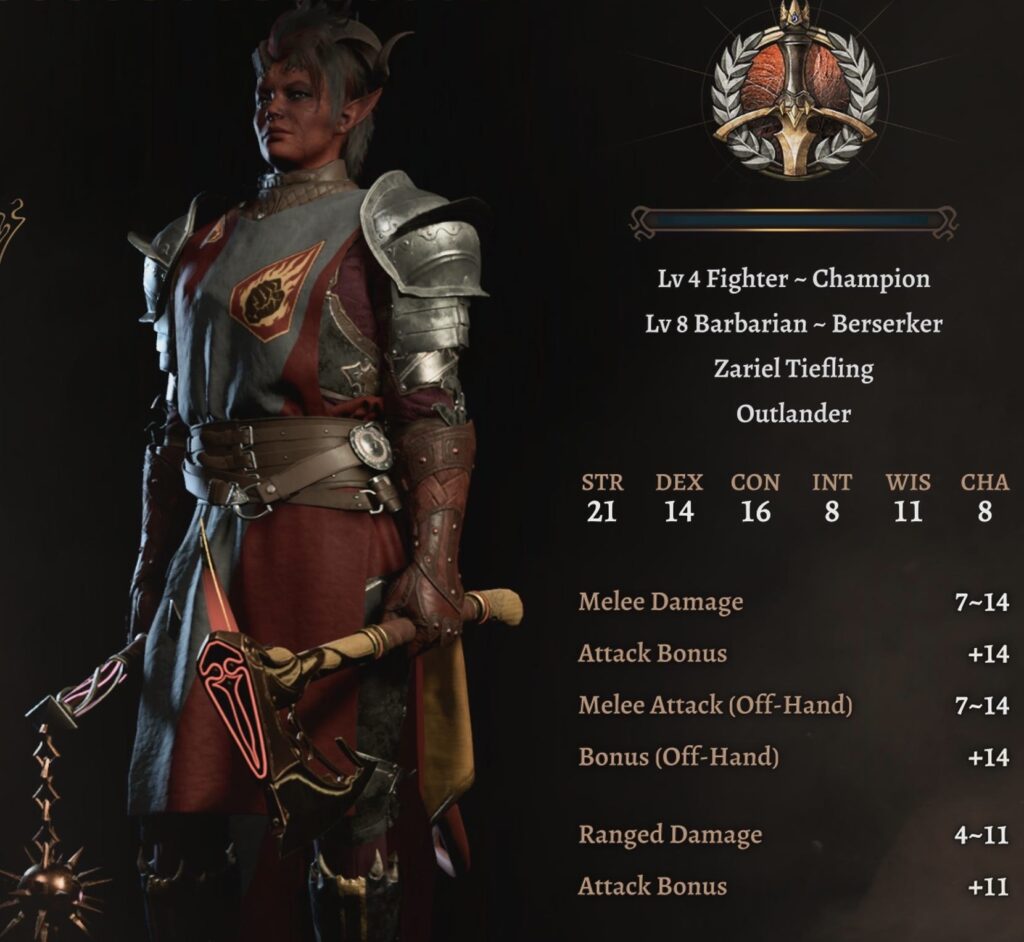
Elixirs and potions and coatings, oh my!
Just in case you’re not familiar with this terminology, I’ll set up some definitions. If you already know the difference between a potion and an elixir in BG3, skip this section.
Potions, weapon coatings, and elixirs are part of a broader category called “consumables“: Stuff that’s gone from your inventory when you’ve used it. For example, if you cast a Fireball from a scroll, your character doesn’t have the scroll anymore.
-
An elixir is a consumable that (normally) applies a status benefit to a character that lasts until the next Long Rest. For the most part, a character can only have the benefits of one elixir at a time; the exception are some items available from a specific Drow vendor that are called “elixirs” but behave more like a potion.
The “one at a time” aspect of elixirs means that most players come to see them as a “day-long” item akin to an equipment slot; e.g., a character can only wear one helmet a time, a character can only benefit from one elixir at a time. If you’re being attacked with both fire attacks and poison attacks in the same combat, you can drink an Elixir of Fire Resistance or an Elixir of Poison Resistance, but you can’t have both effects at once. (You can drink one then the other in the middle of combat, though.)
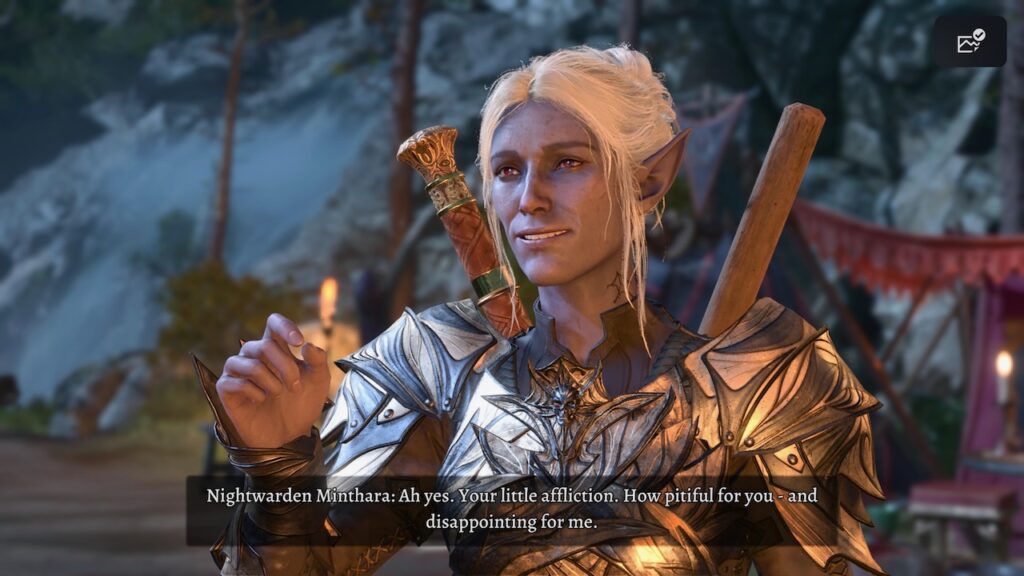
-
Unlike an elixir, a character may have the benefits of several potions at the same time. If a character drinks a Potion of Animal Speaking and a Potion of Mind Reading, they get both effects until the next Long Rest.
Potions typically have one of three durations:
- Until the next Long Rest; e.g., a Potion of Animal Speaking.
- For ten combat rounds; e.g., a Potion of Flying. Big exception: a Potion of Speed lasts only three turns.
- Instant. The main examples are the various healing potions available throughout the game: The potion restores a character’s hit points, and that’s it.
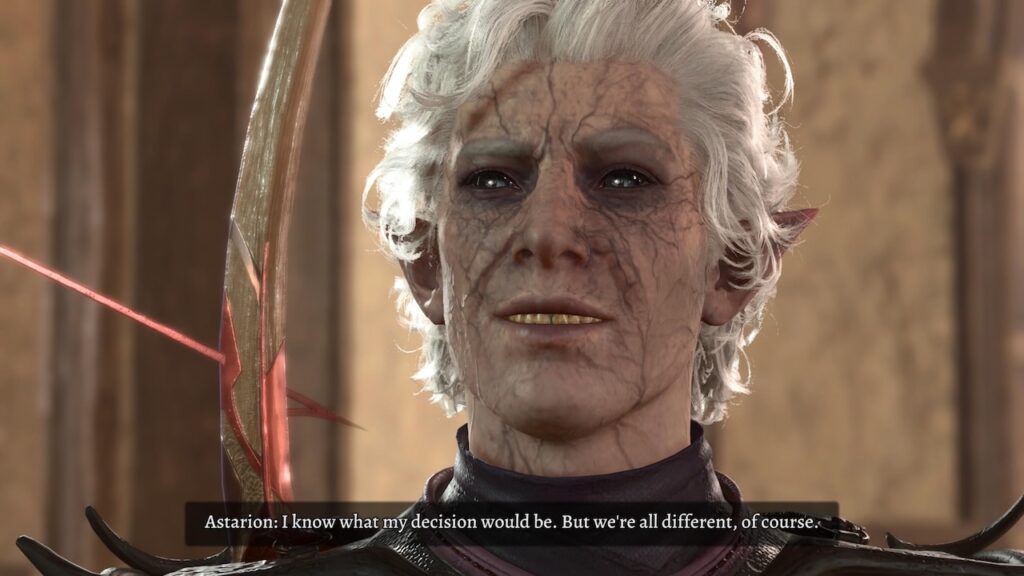
-
While potions and elixirs add status benefits to characters, a coating modifies the effects of weapons that characters have equipped. Coatings are always transient, lasting no more than ten turns after a character uses them on their weapon.
An example is my new favorite coating at low levels, Basic Poison; my upper-level favorite is Crawler Mucus.
Throwing stuff
For the sake of brevity, let’s define a “liquid” as a potion or an elixir. There are other liquids in the game; for example, you might want a character to drink some wine. But let’s stick to magical liquids for this essay.
A character can drink a liquid; this uses a Bonus Action. But you can also have a character use an Action to throw a liquid at another character.
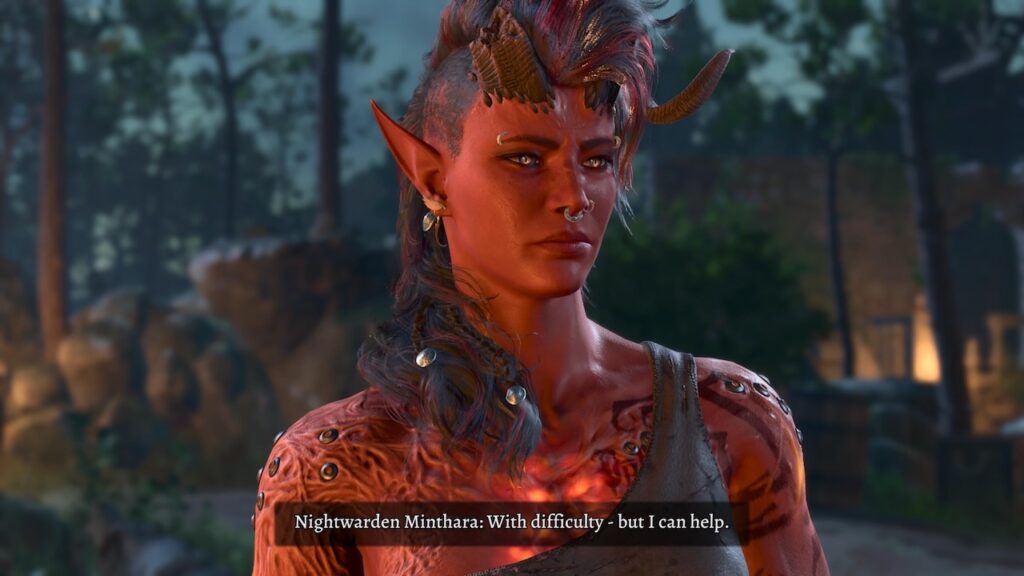
A classic case is to throw a healing potion at a character who is damaged or dying. In the former case, perhaps the damaged character won’t have a chance to drink a healing potion before the next time an enemy attacks them; in the latter, the dying character can’t drink a liquid.
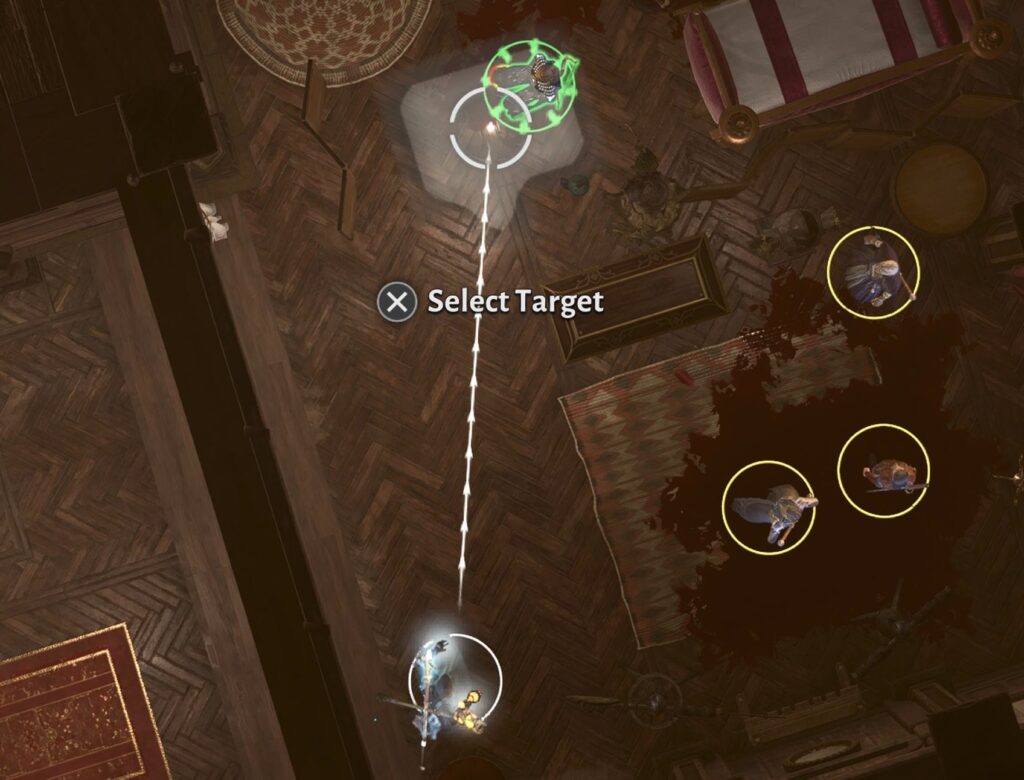
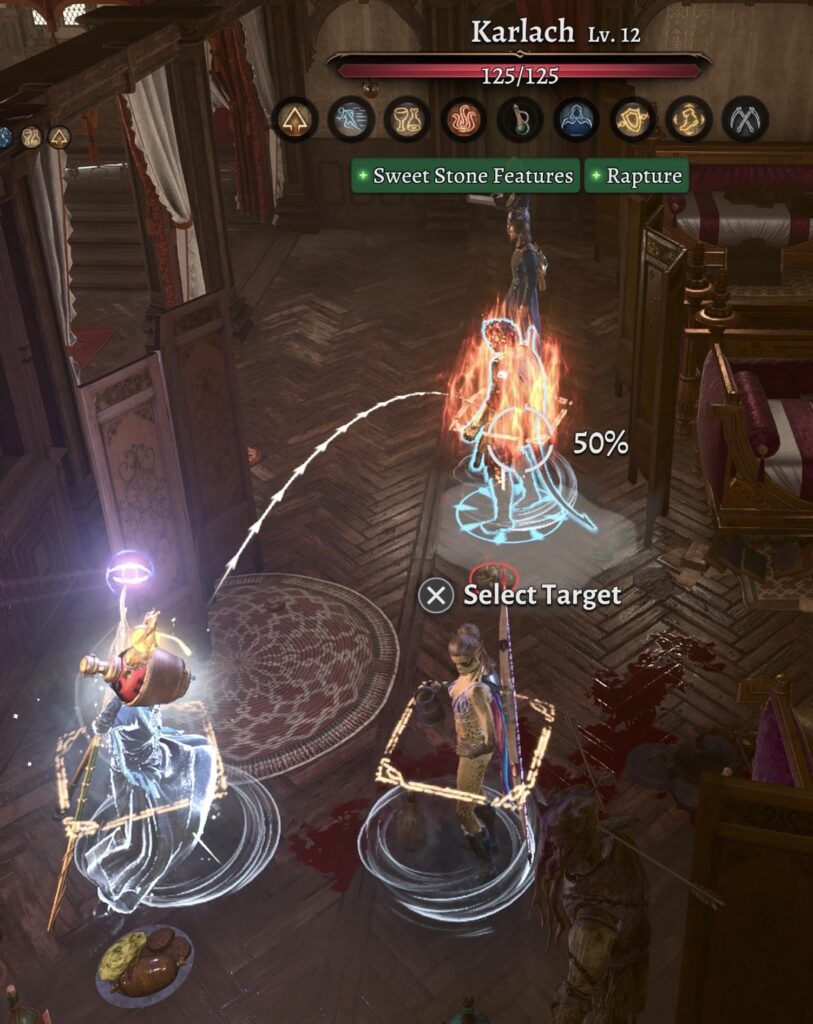
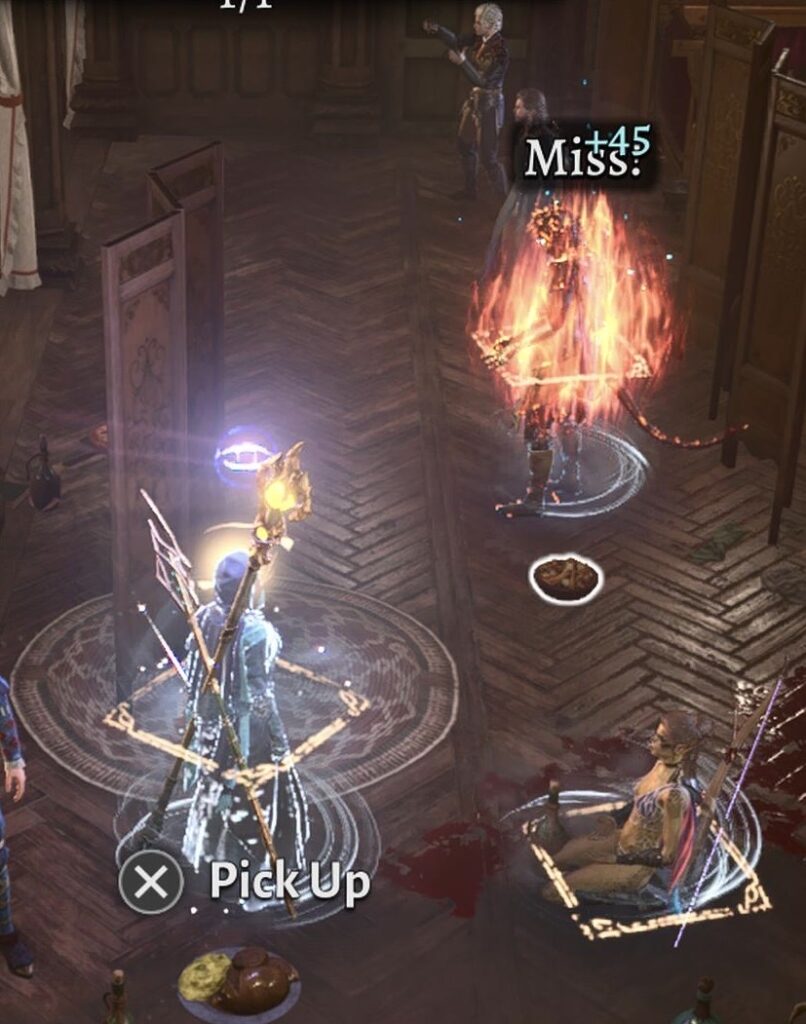
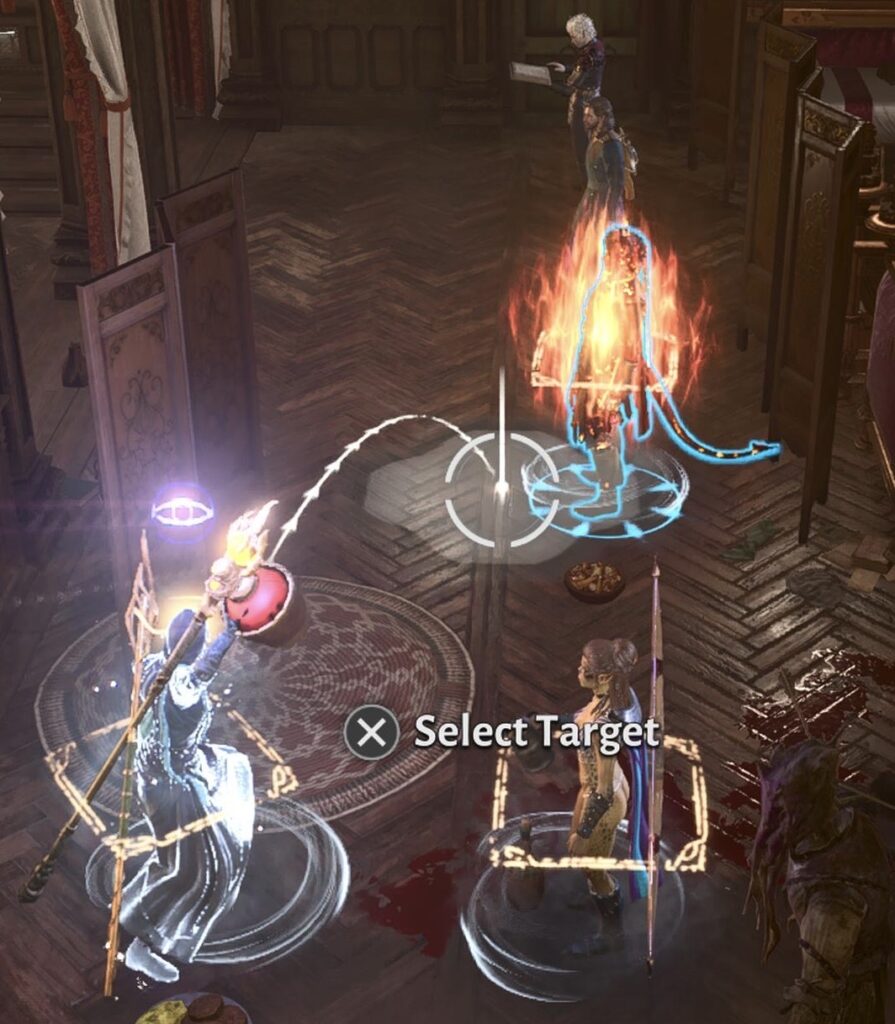
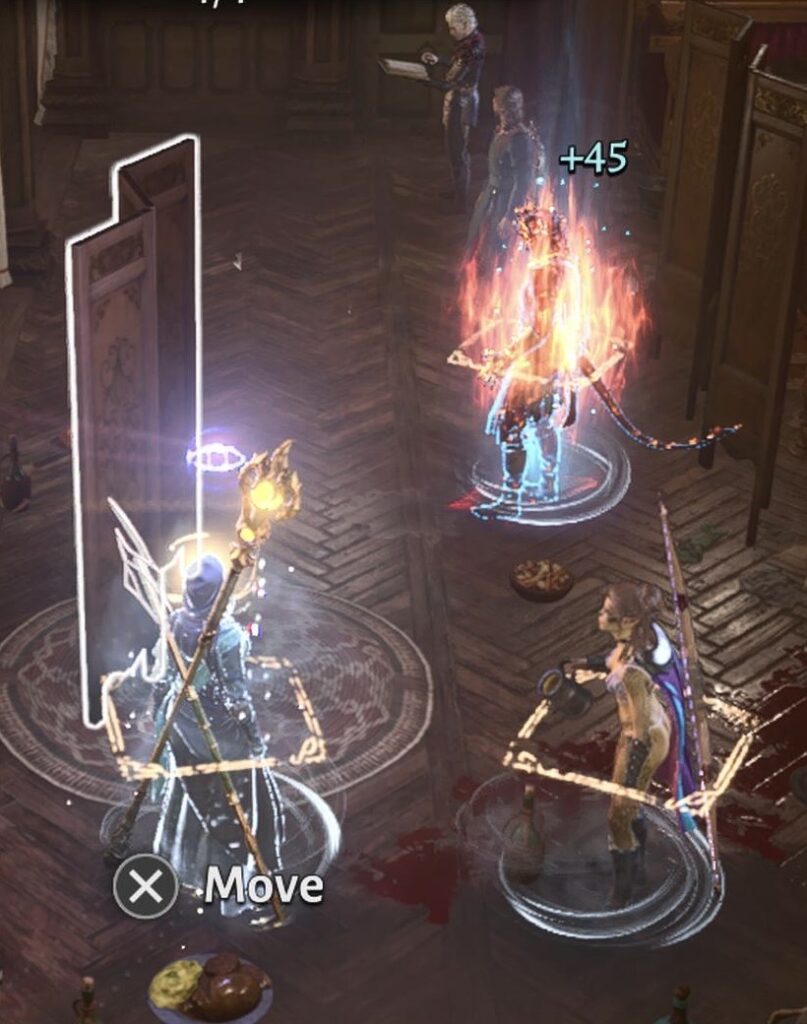
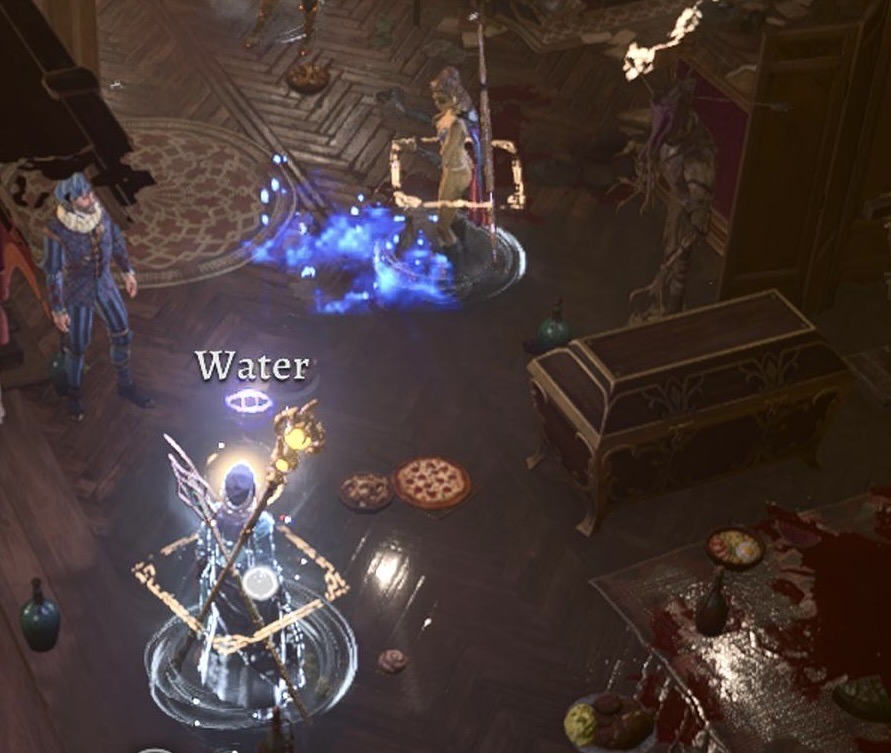
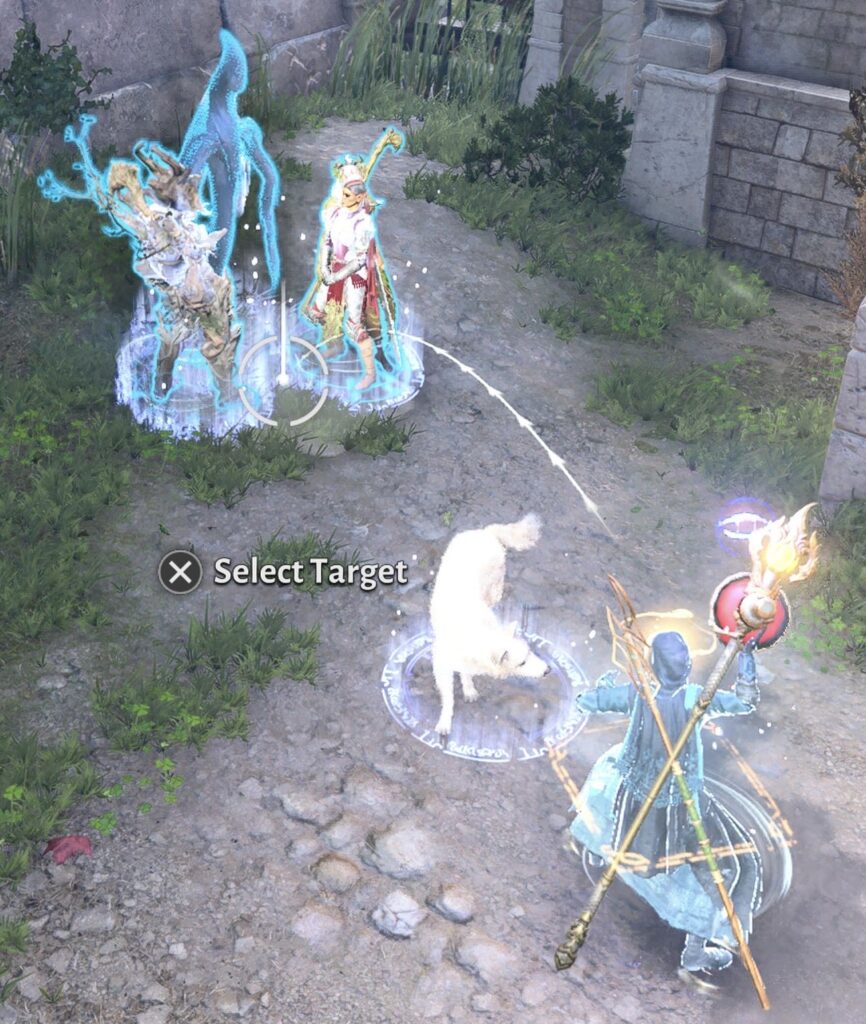
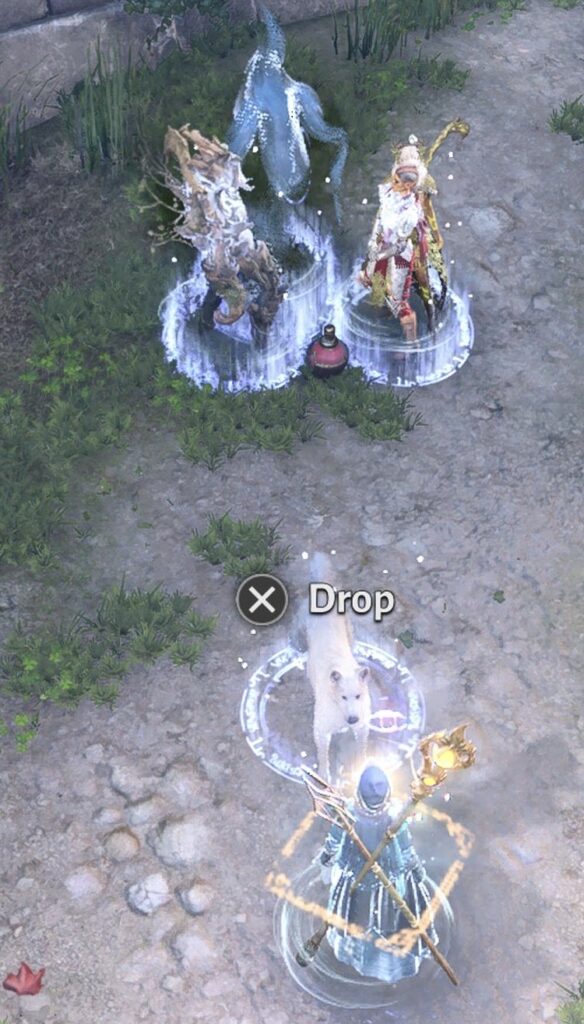
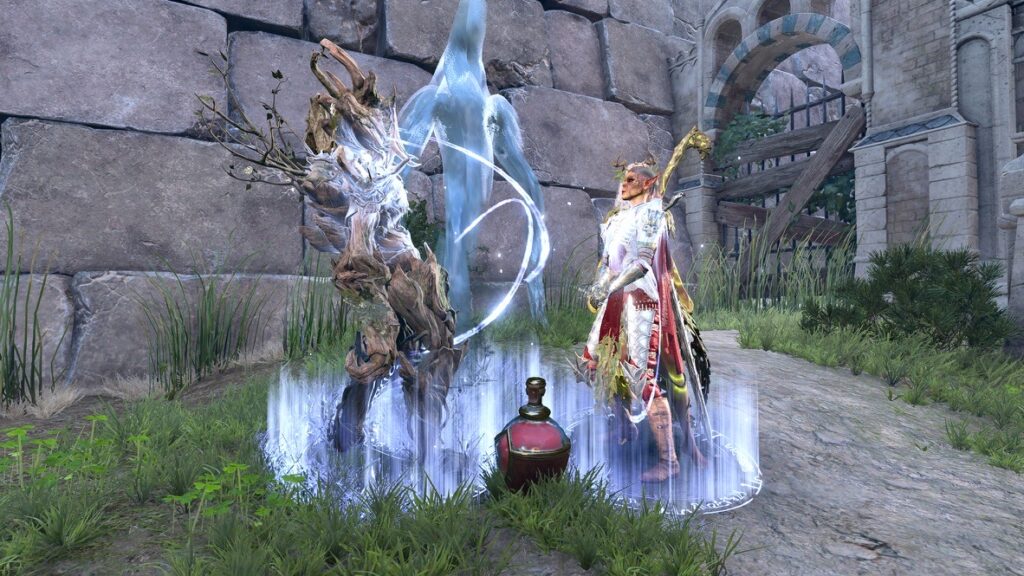
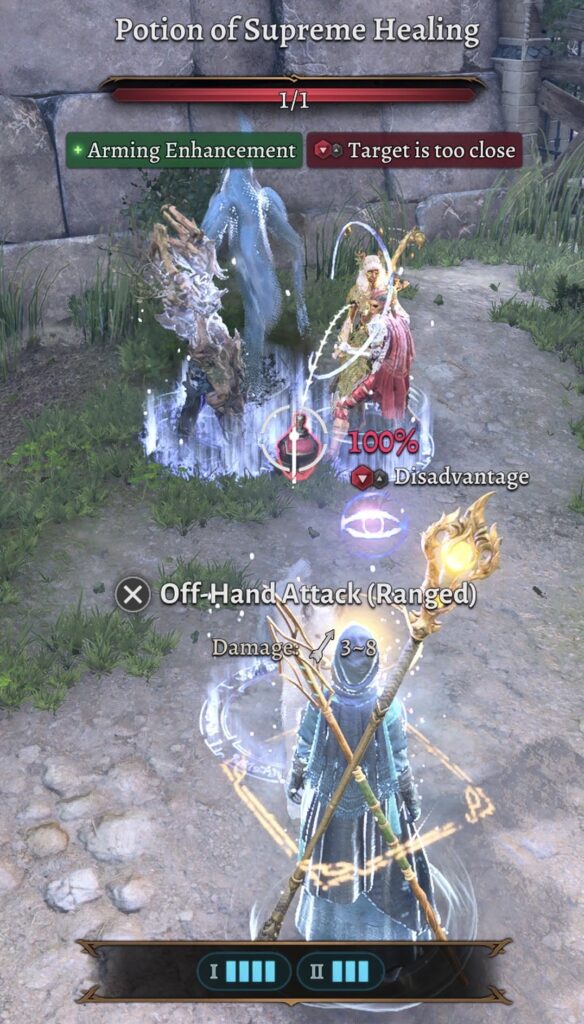
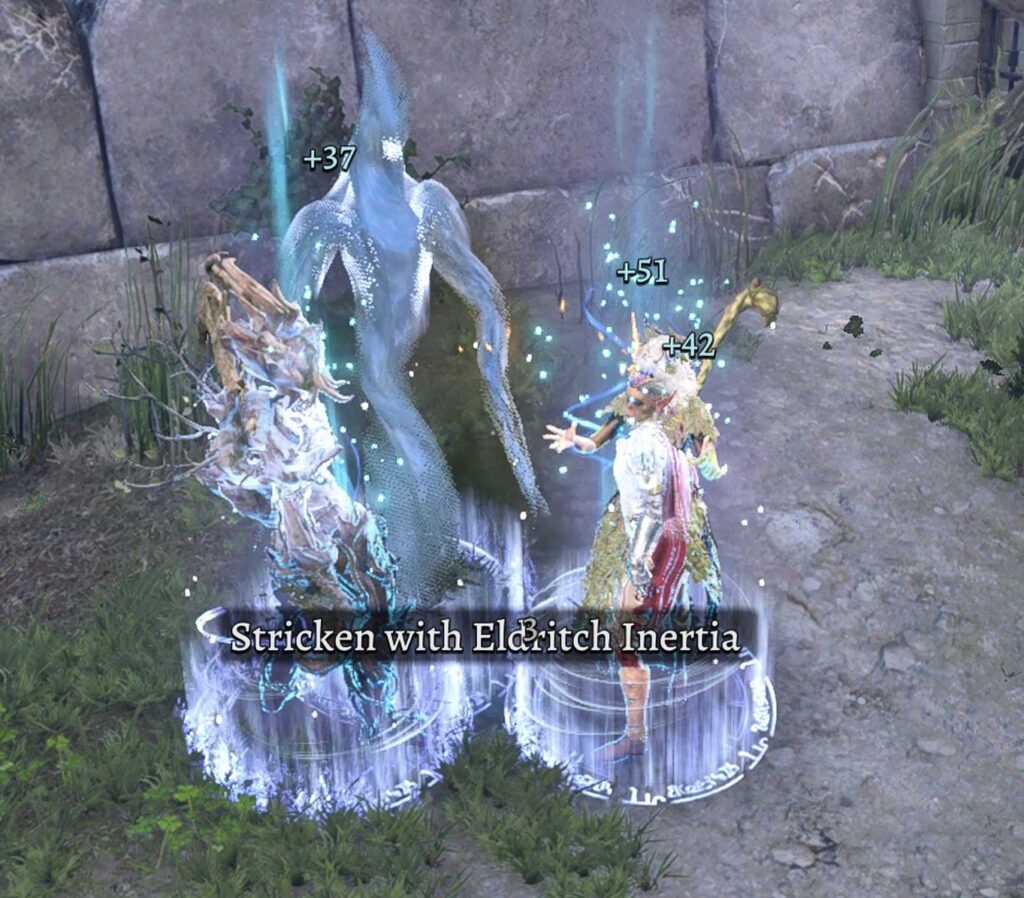
Patches vs. circles vs. dots
Not all liquids have a patch as a target area.
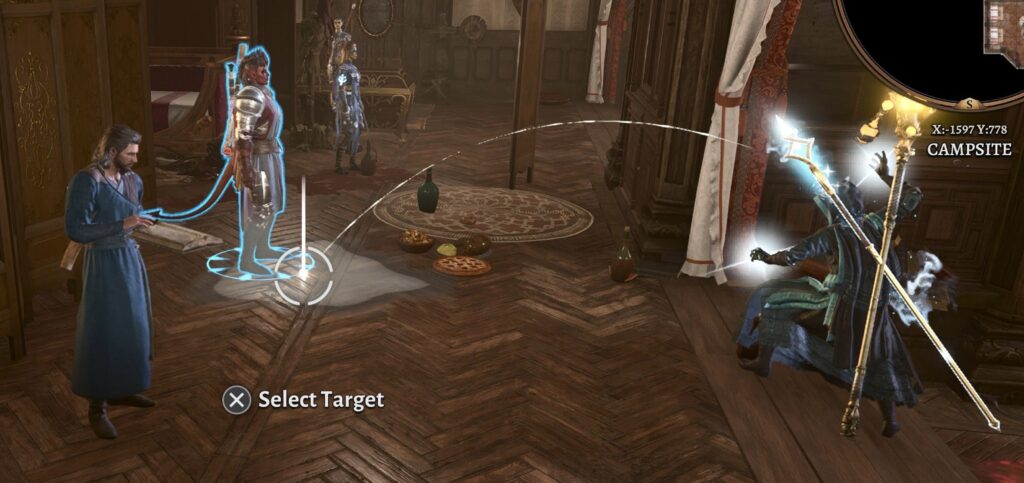
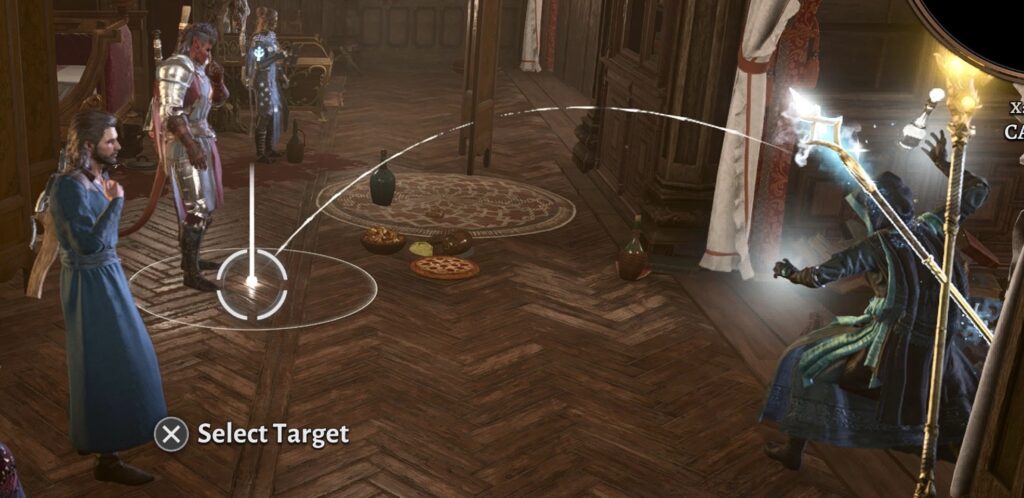
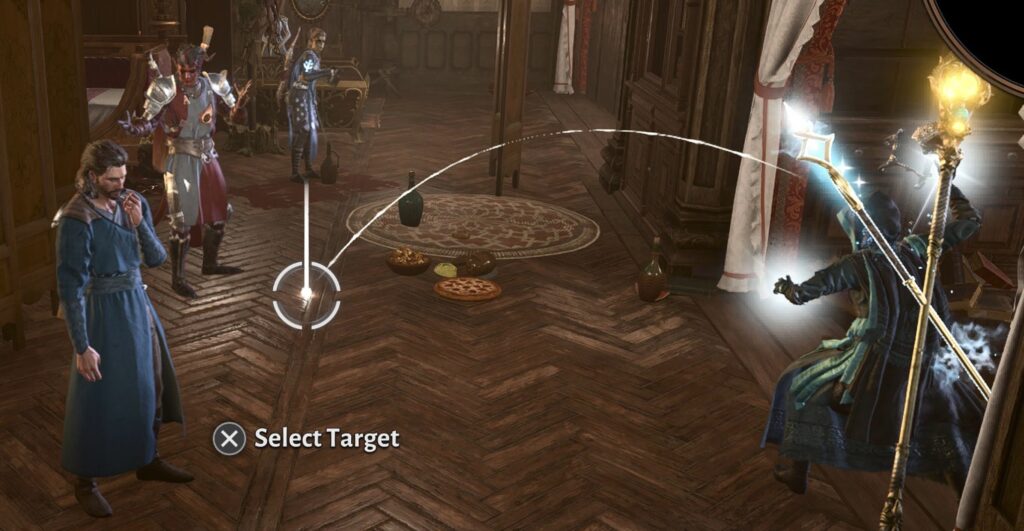
What’s the difference? I wasn’t able to fully quantify it. From observation:
- If a liquid has a patch as its area of effect, all the targets within that patch have the effect you’d expect. There’ll often be a “cloud” for one turn that might be used tactically.
It’s not just healing potions that have patches or clouds. Many poisons can be thrown as grenades with an area of effect. Throwing Karabasan’s Poison in just the right place can seriously ruin an enemy’s day.
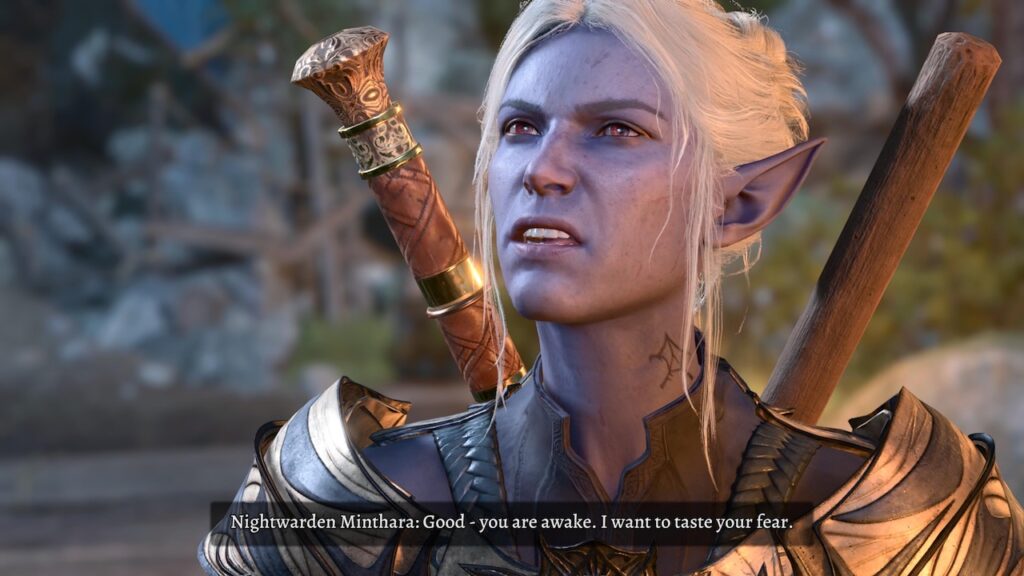
- If a liquid has a circle as its area of effect, there will never be a cloud afterwards. It’s also a signal that the effect may not be what you expect (see below). Typically elixirs (as opposed to potions and poisons) have a circular area of effect when thrown.
- If a liquid has a dot as its “area” effect, it won’t affect anything at all when it lands, not even if you successfully hit the target directly. It’s a liquid that’s meant to be consumed by an individual, not thrown.
Let’s look a bit closer at circular areas of effect.
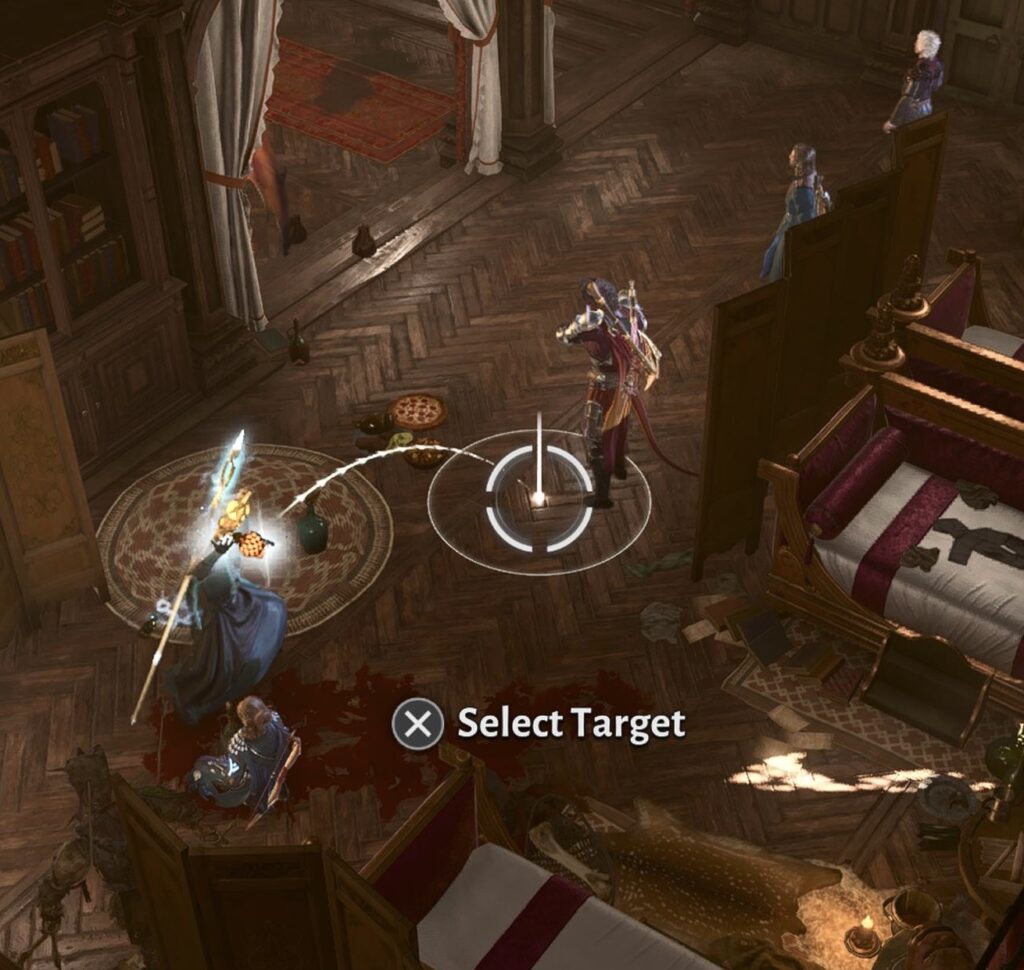
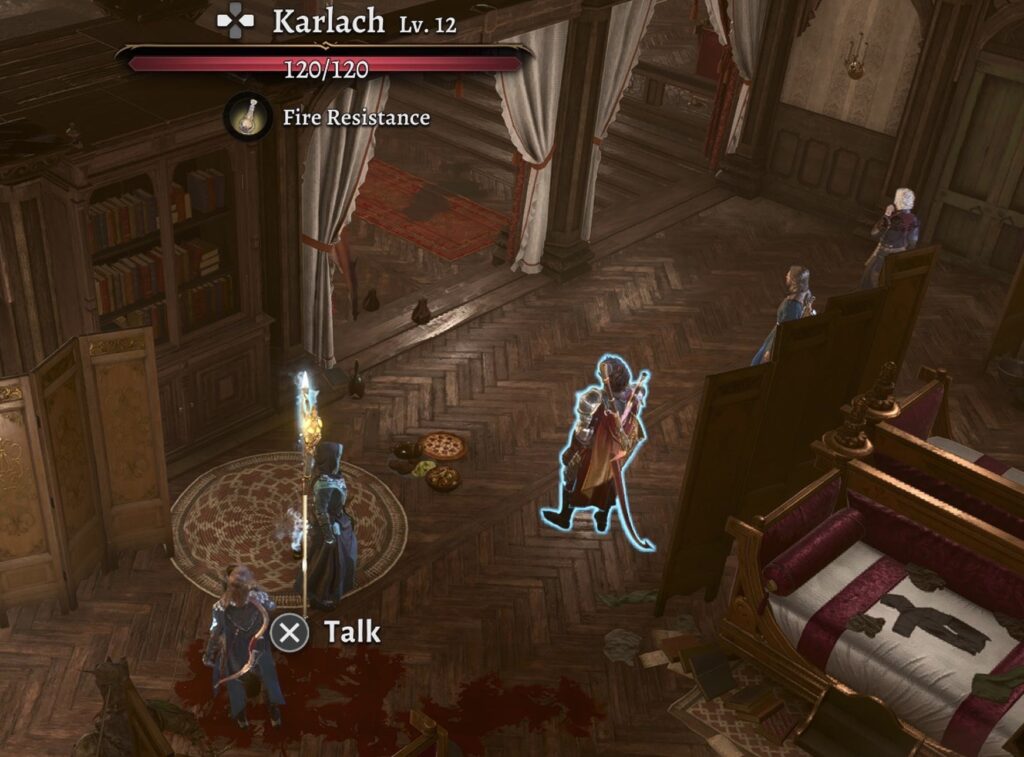
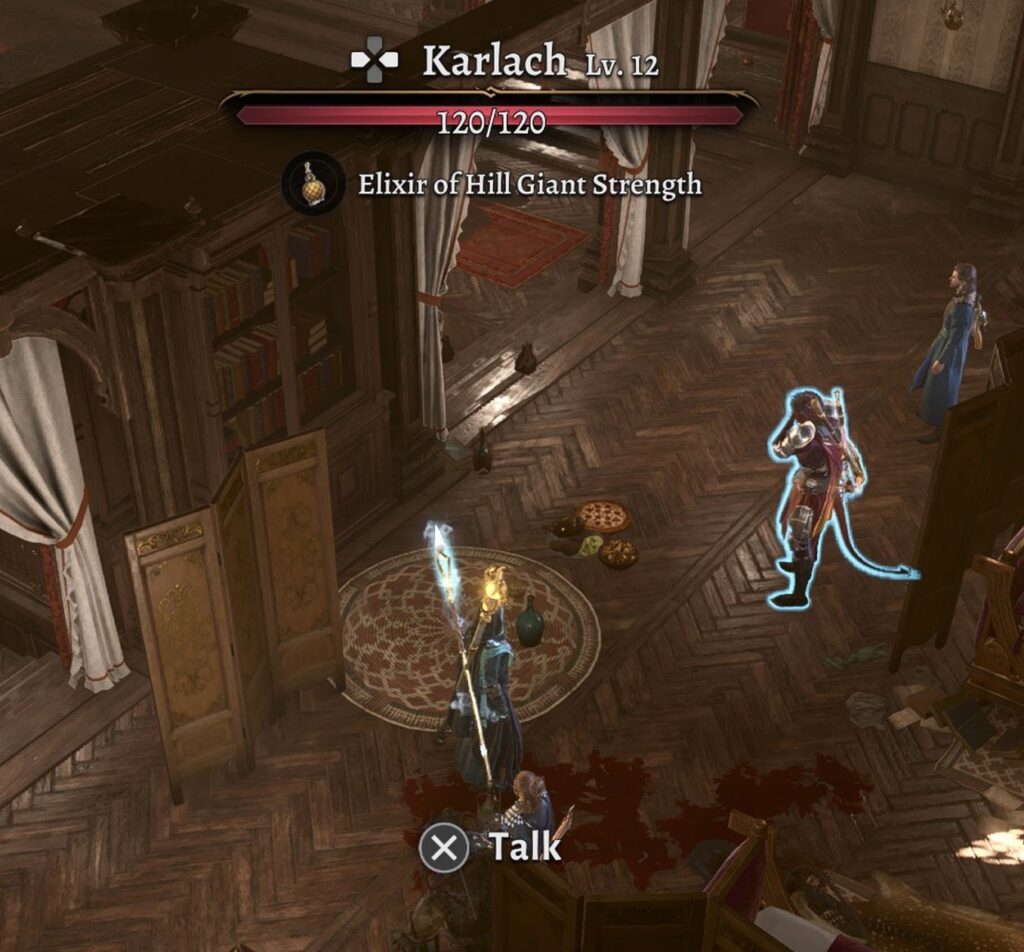
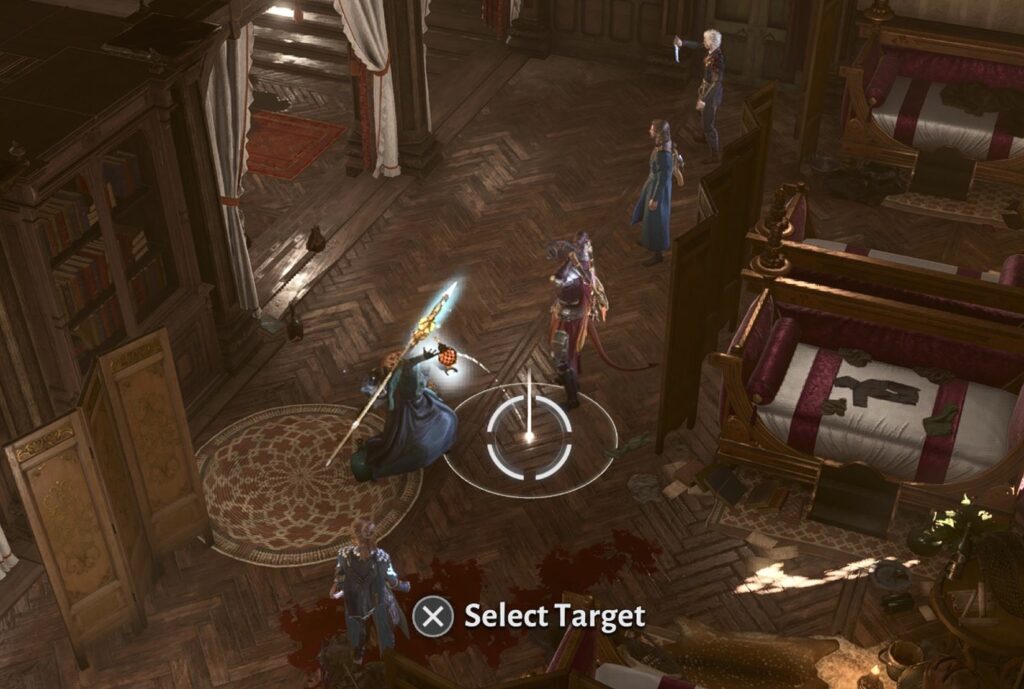
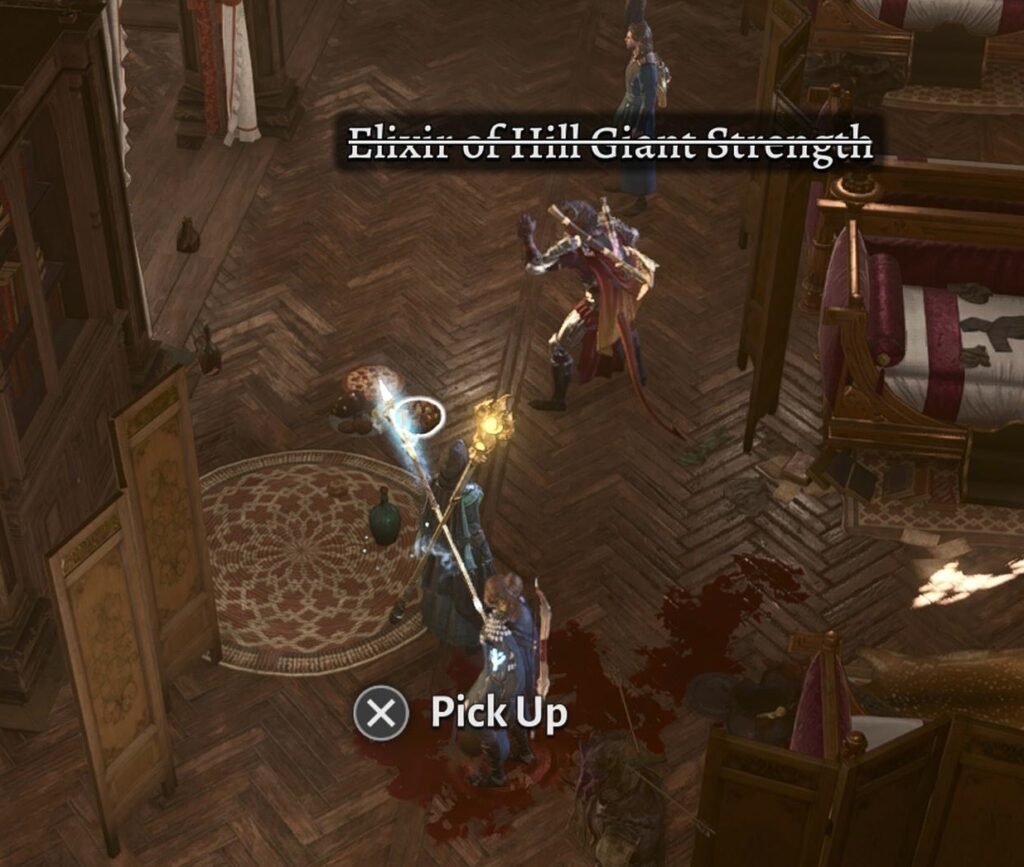
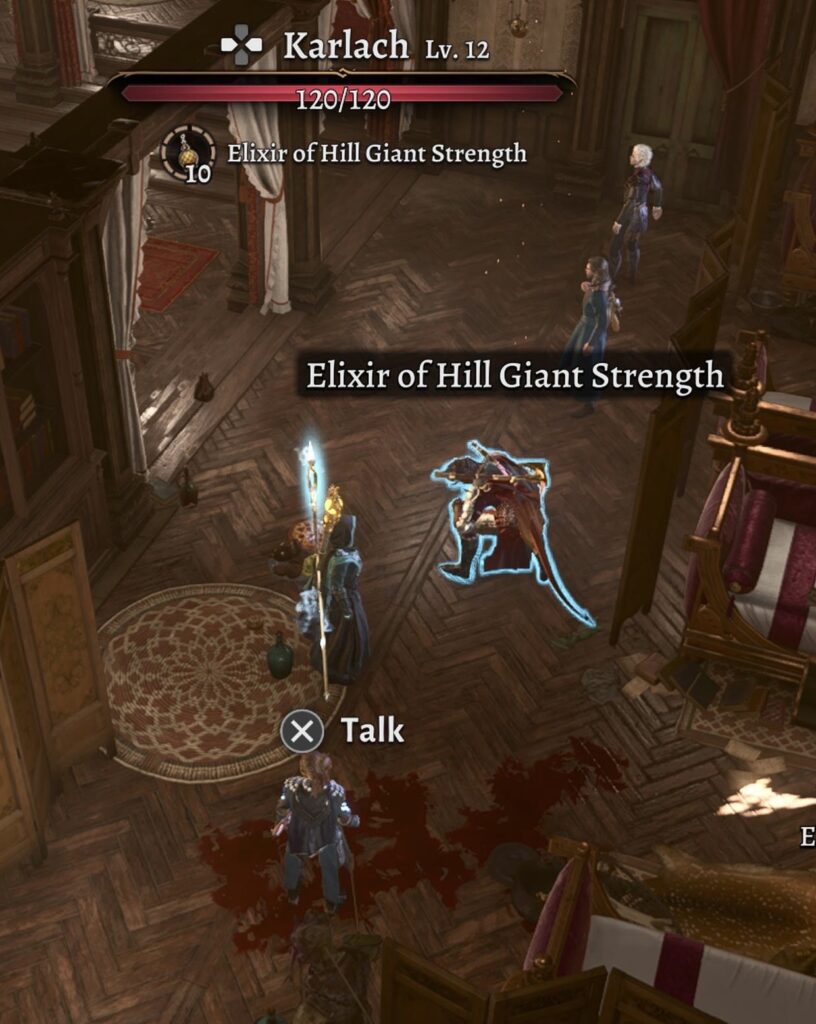
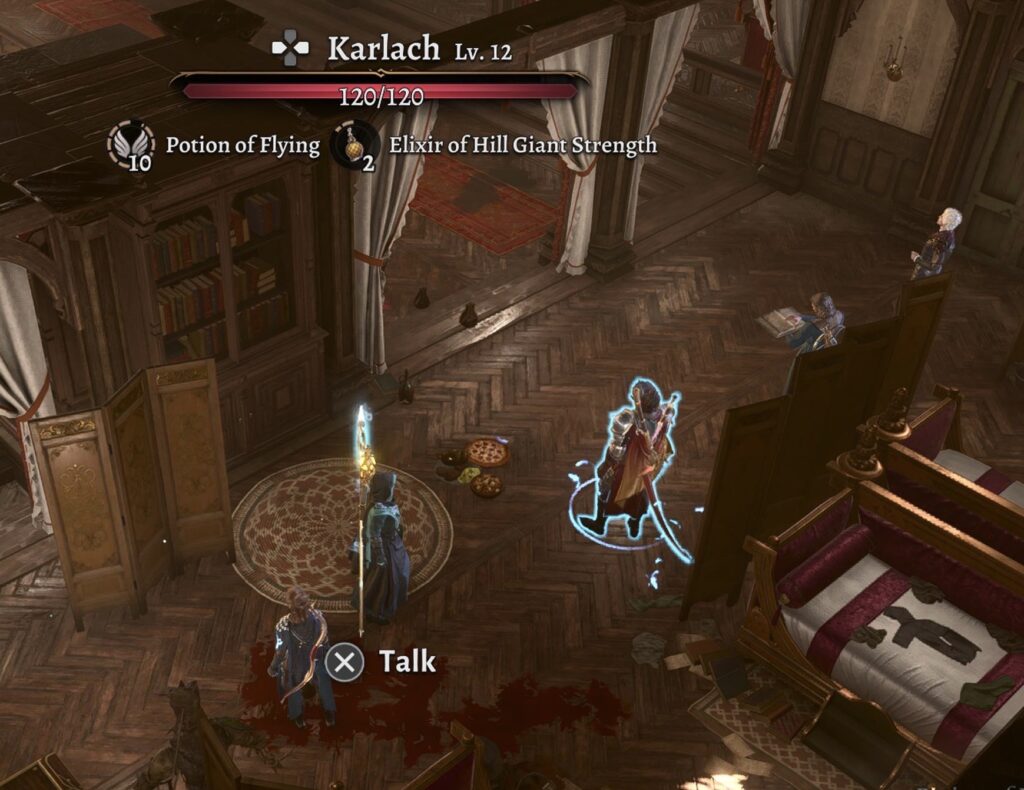
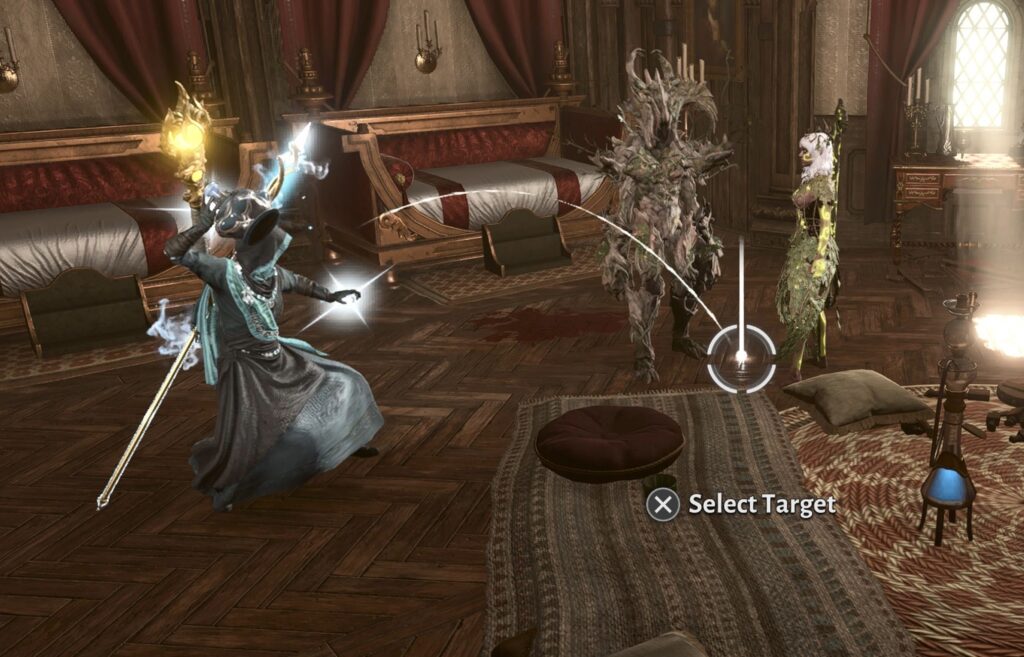
Minions and liquids
As I mentioned above, in the video Garsen uses area-of-effect potions to give his minions Flying and Speed. In BG3, especially at the higher difficulty levels, this is an excellent tactic for complex fights.
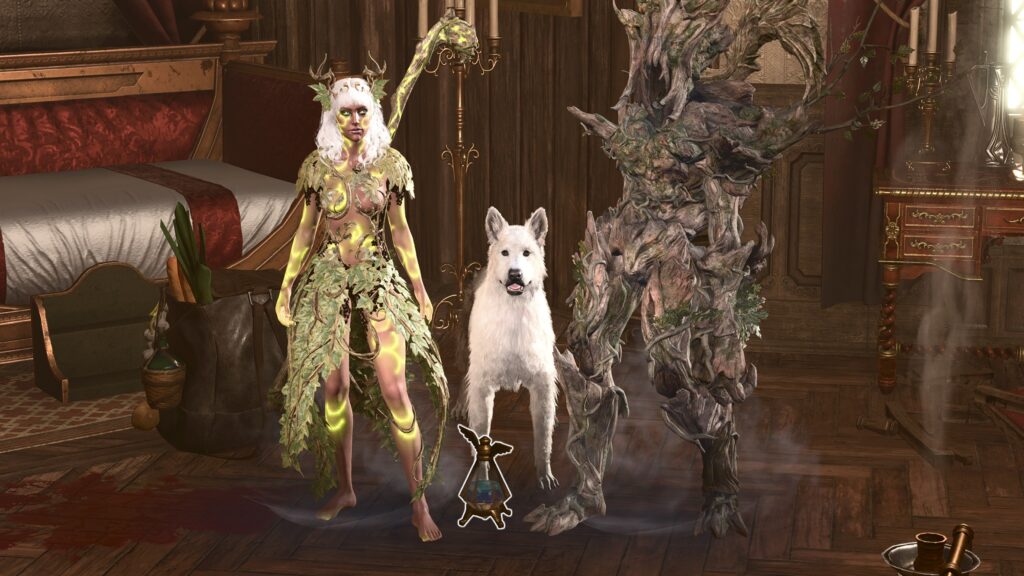
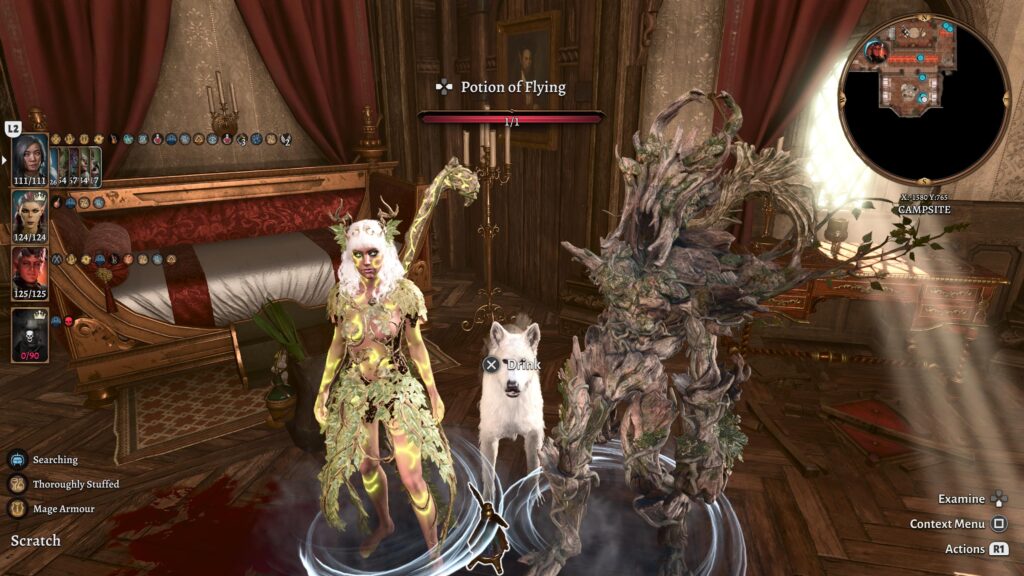
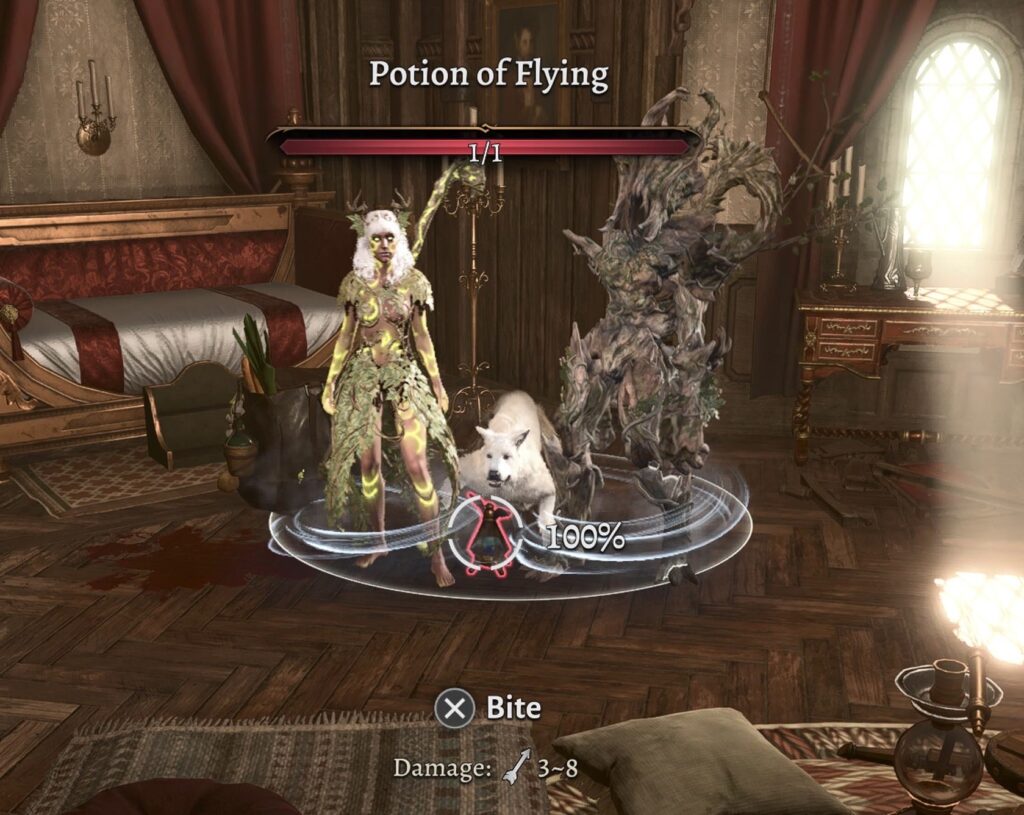
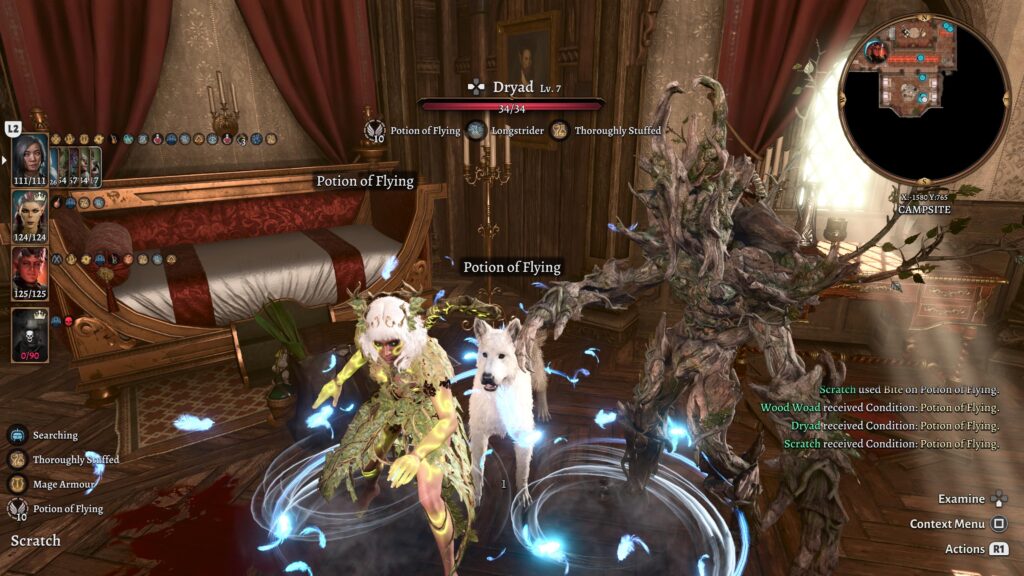
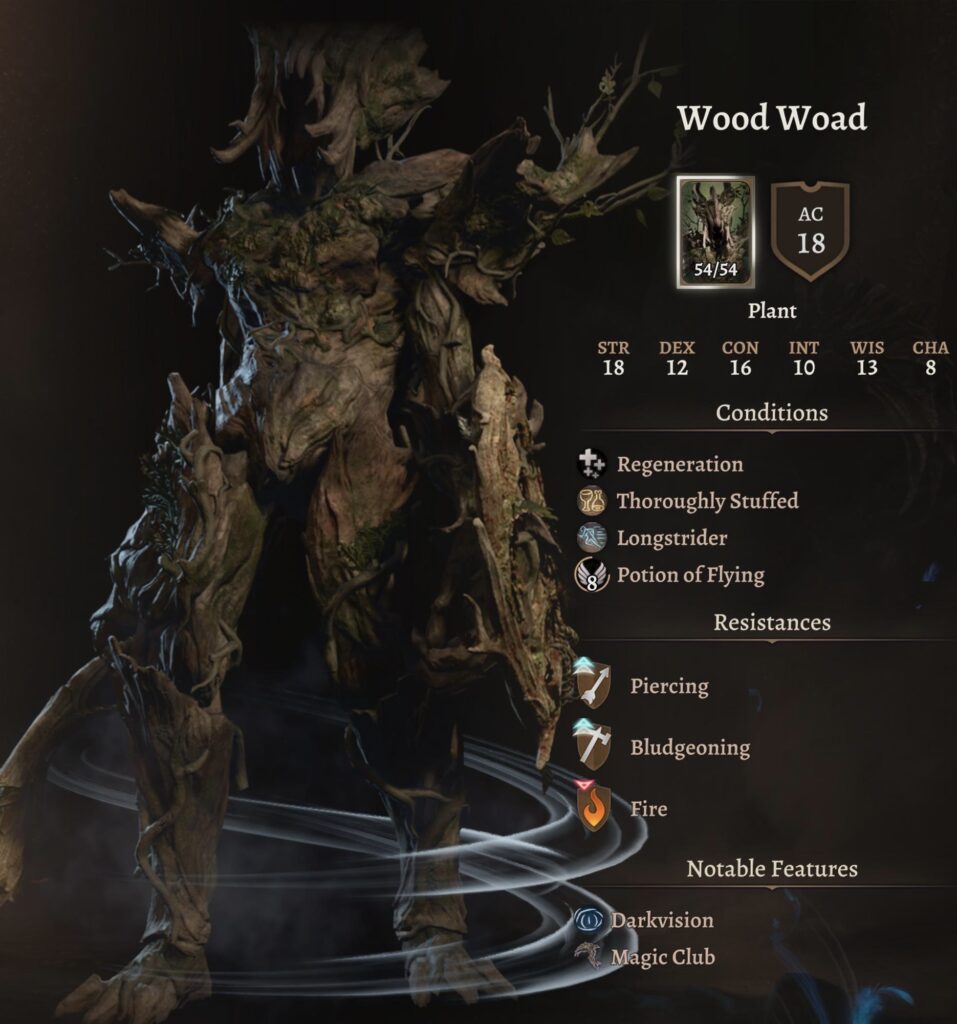
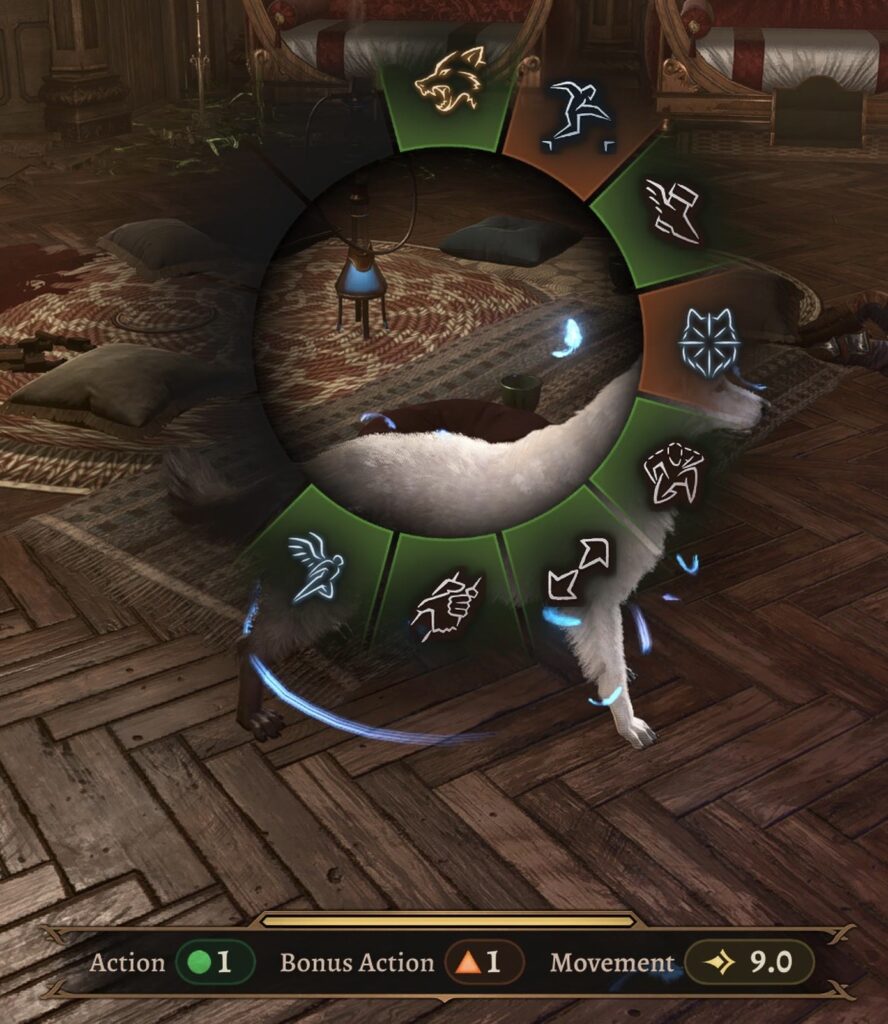
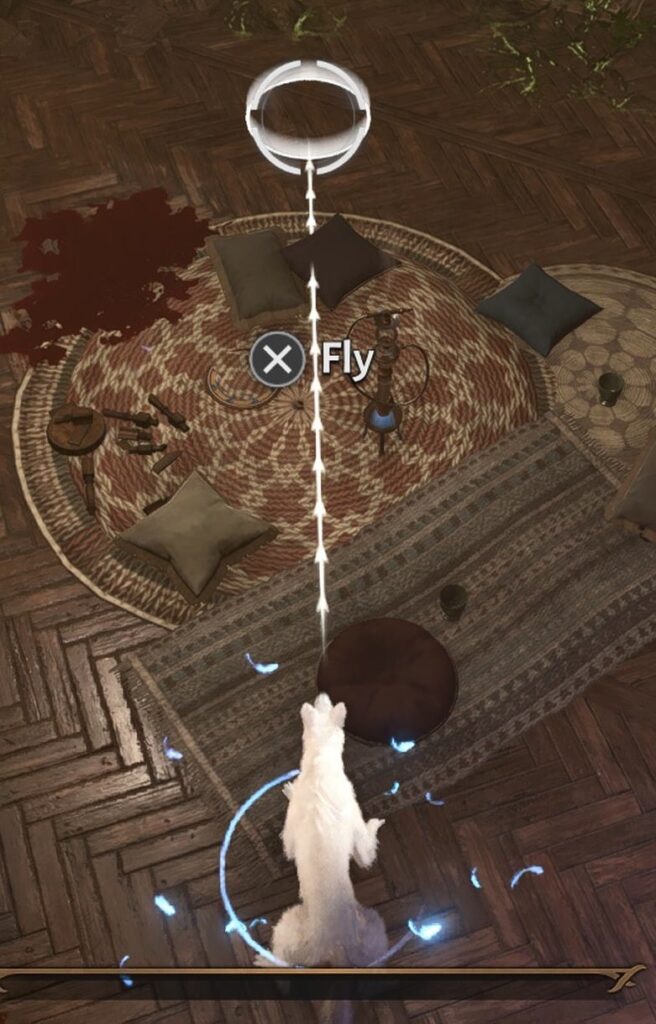
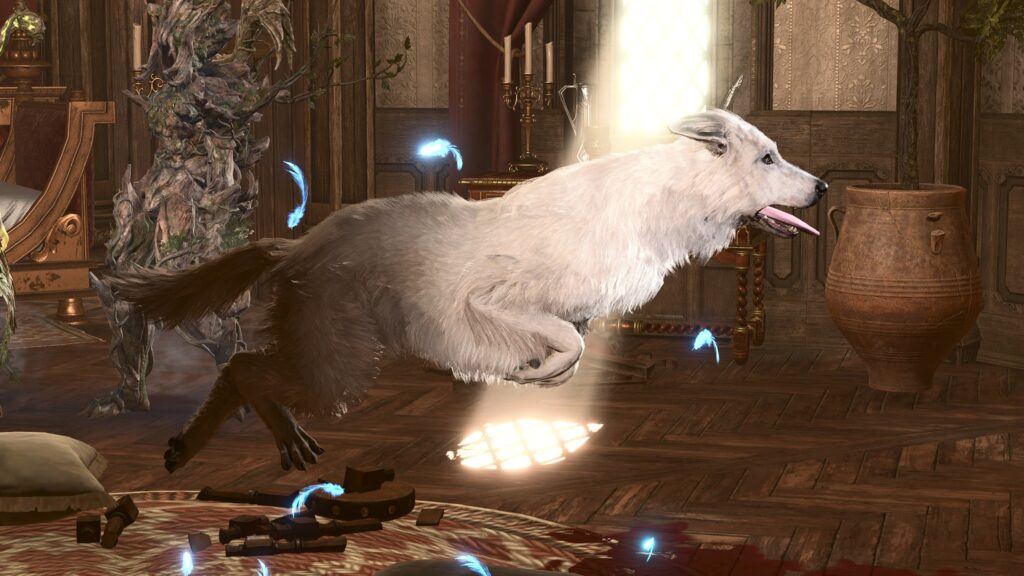
Garsen also has his minions consume individual liquids from his inventory. I didn’t know you could do that!
It turns out the reason I didn’t know is that you can’t… on consoles. Only players who use the desktop interface have this ability.
Let’s look at this in more detail.
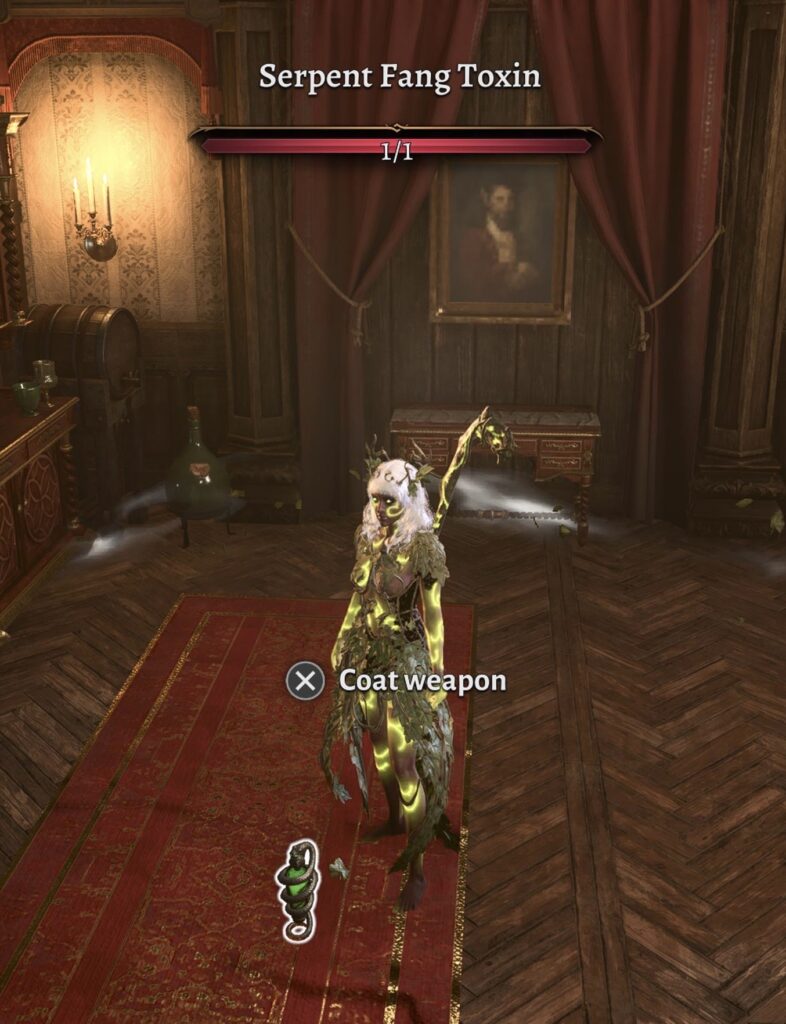
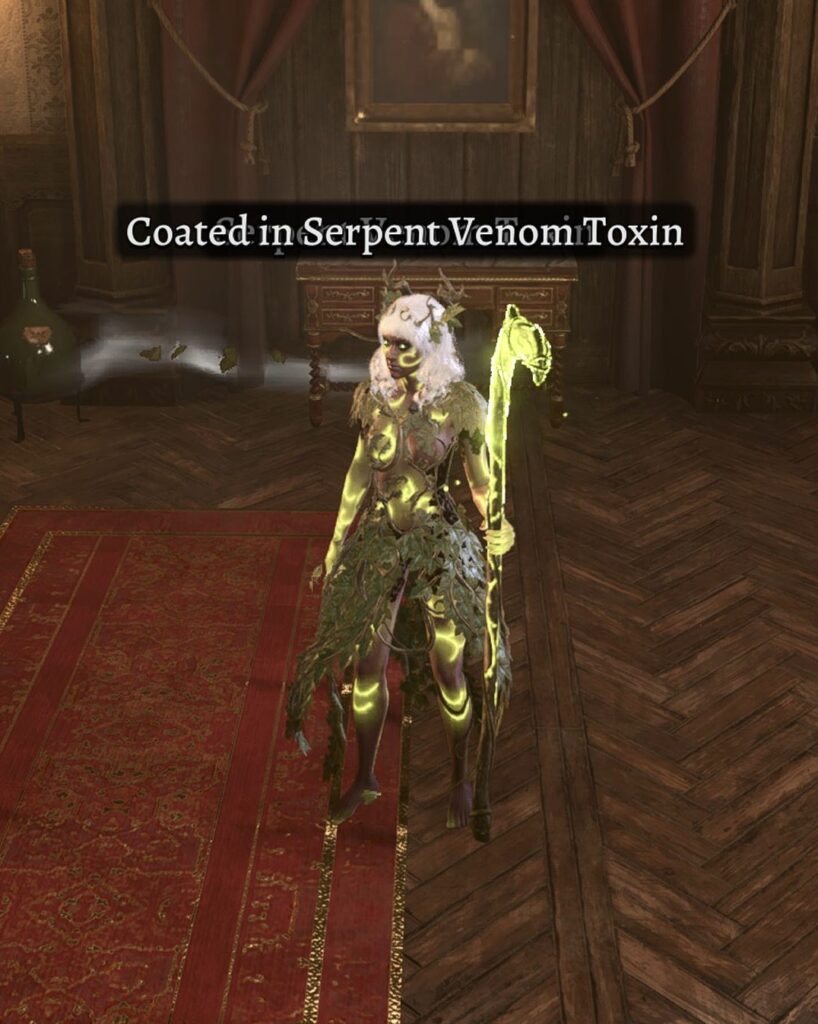
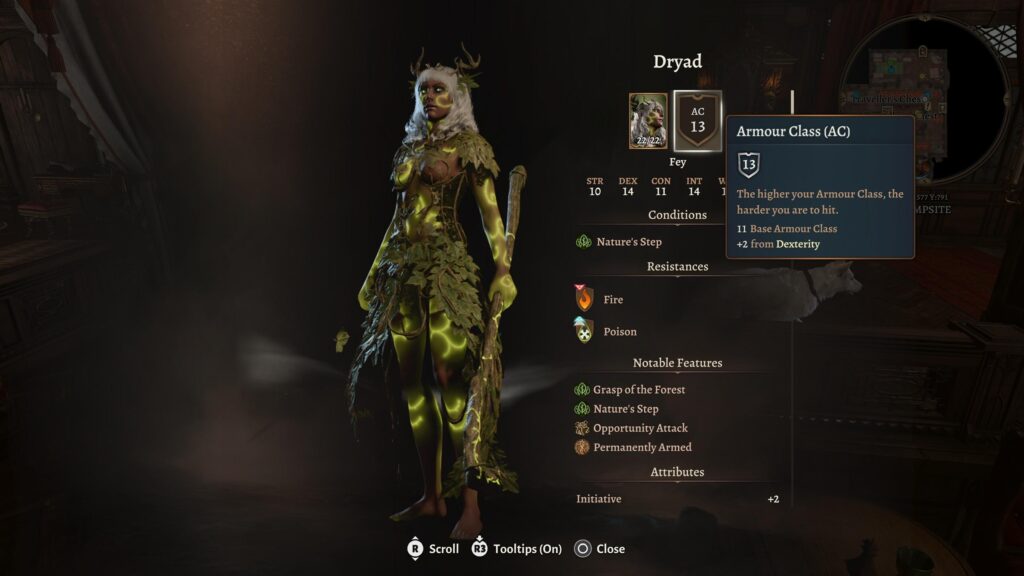
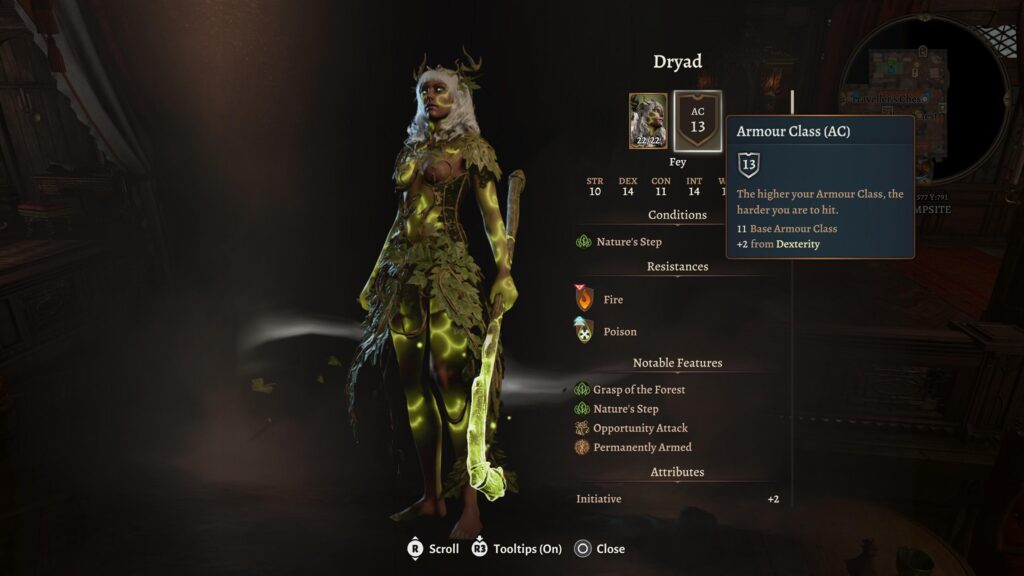
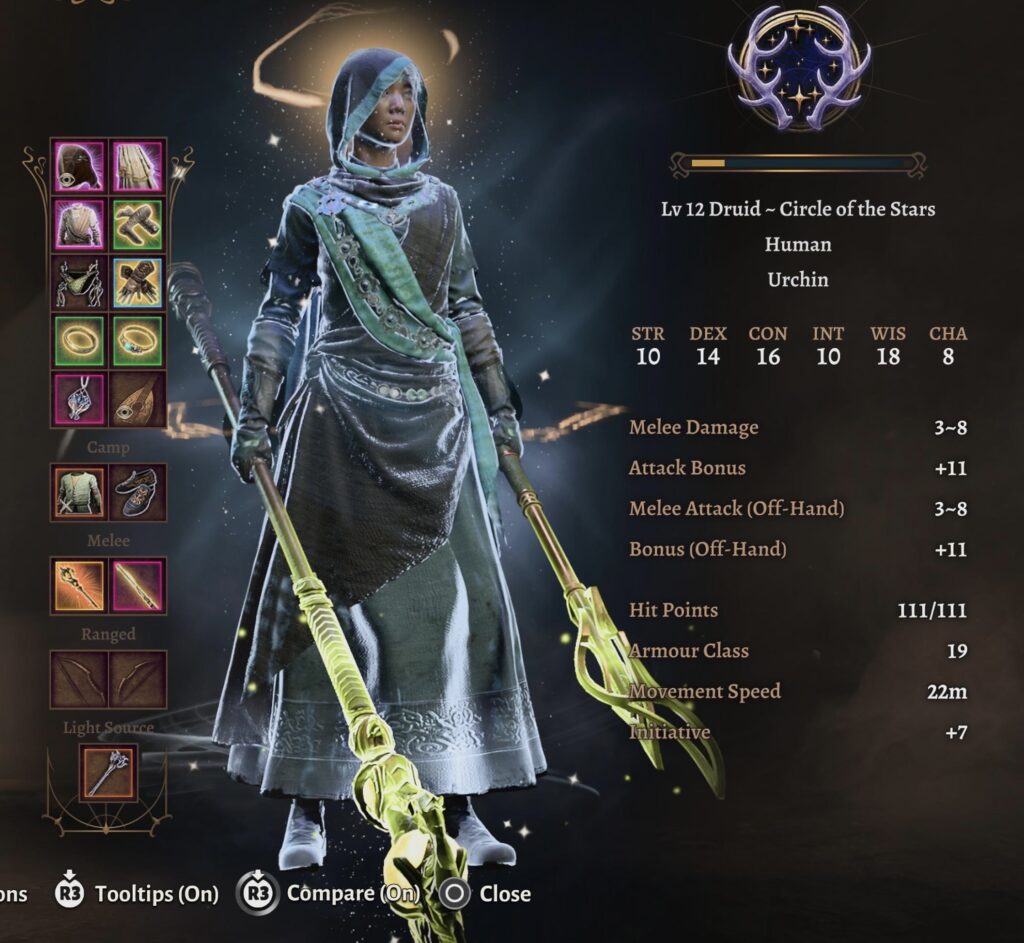
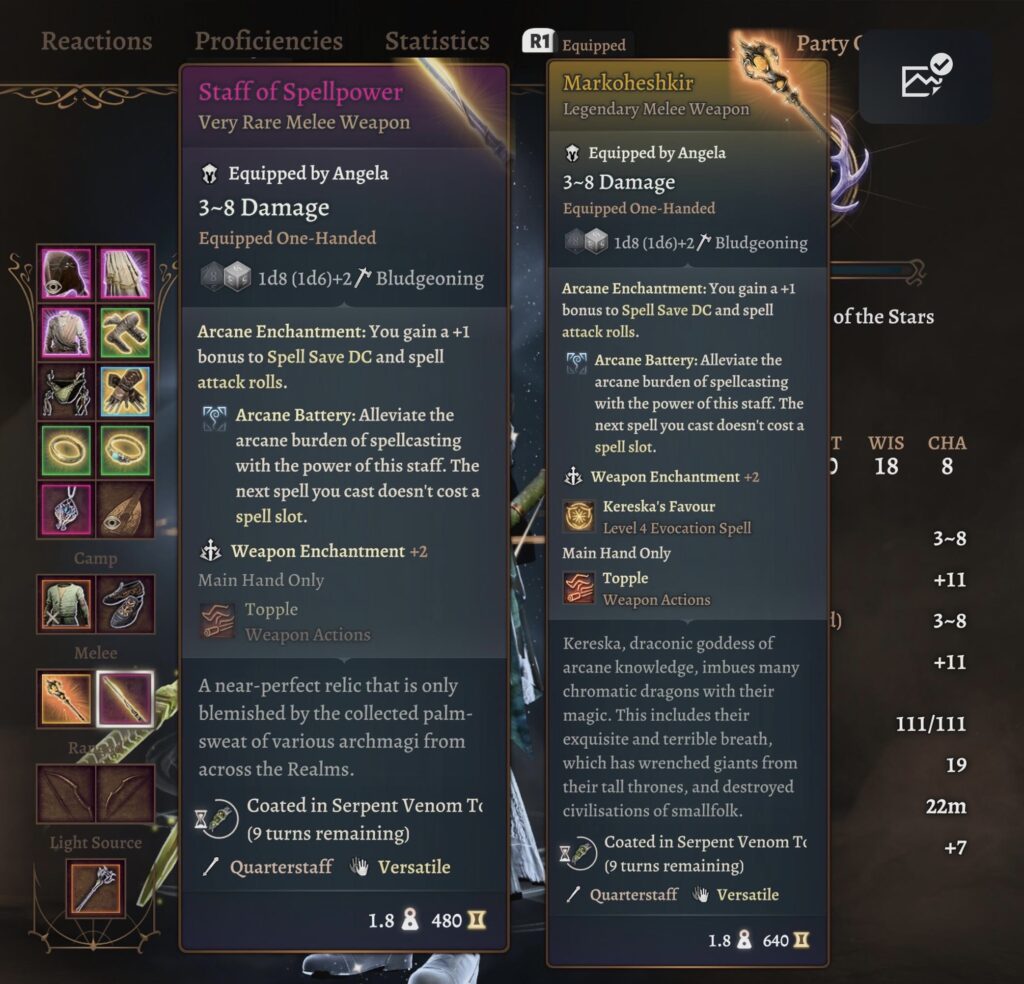
A corollary is that only minions with weapons can use weapon coatings. A skeleton archer can use a weapon coating; they have a bow. A zombie or Scratch can’t.
Minions’ inventories
While minions have inventories, only through the desktop interface can you directly access them, or have minions access the inventory of others.
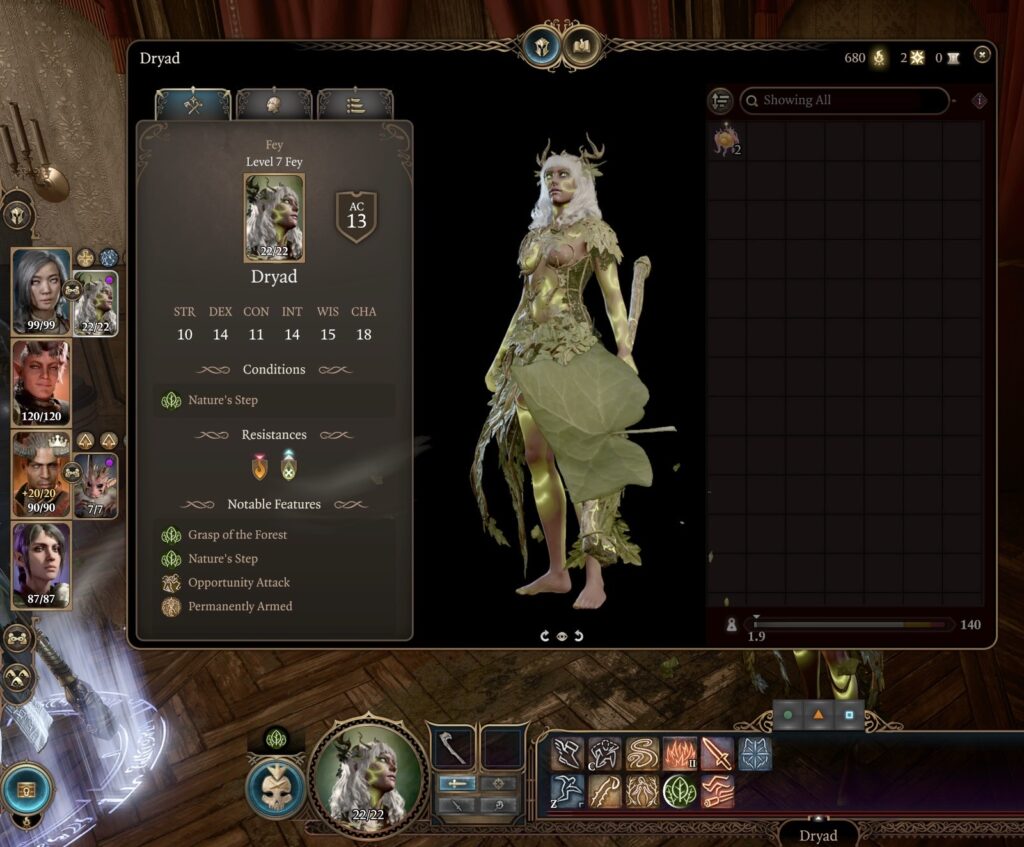
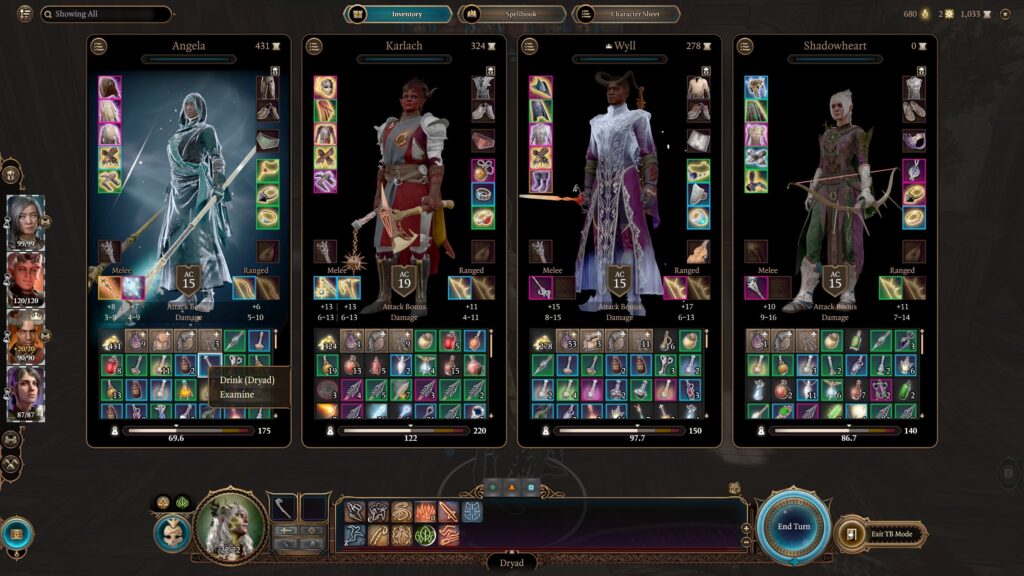
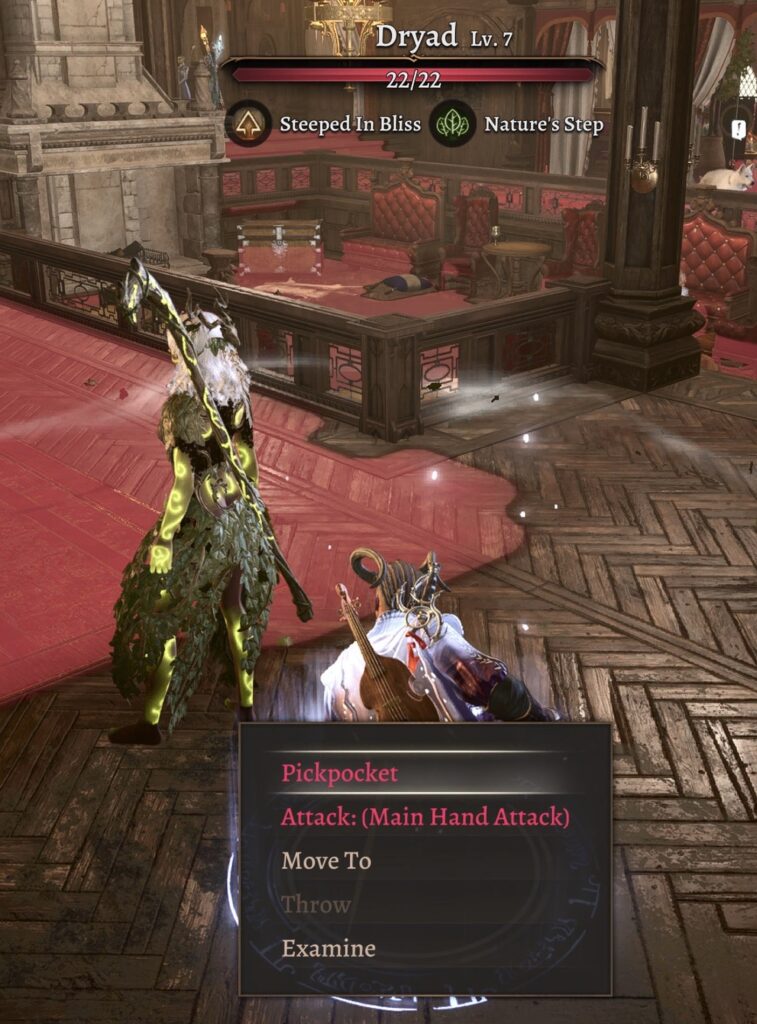
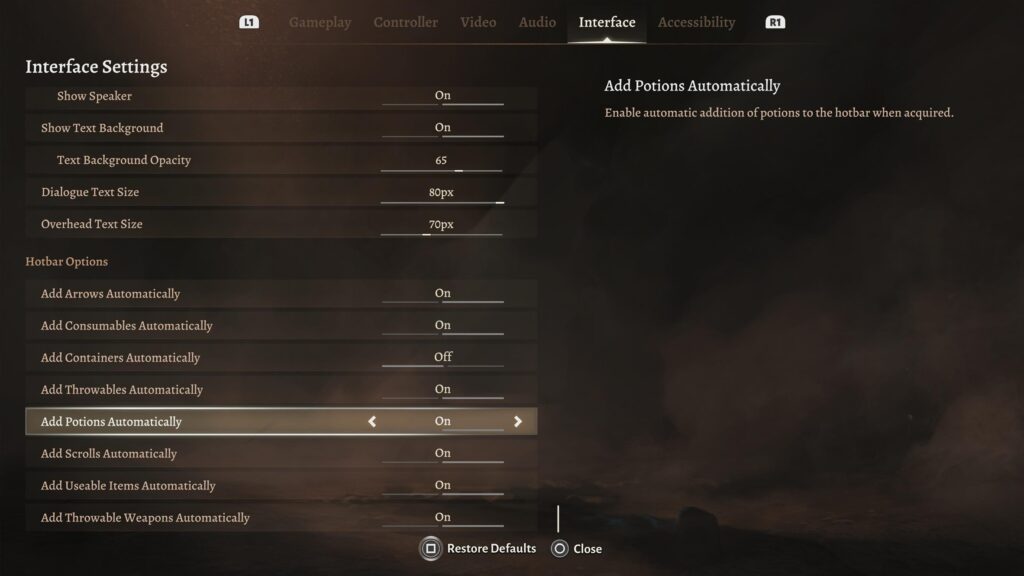
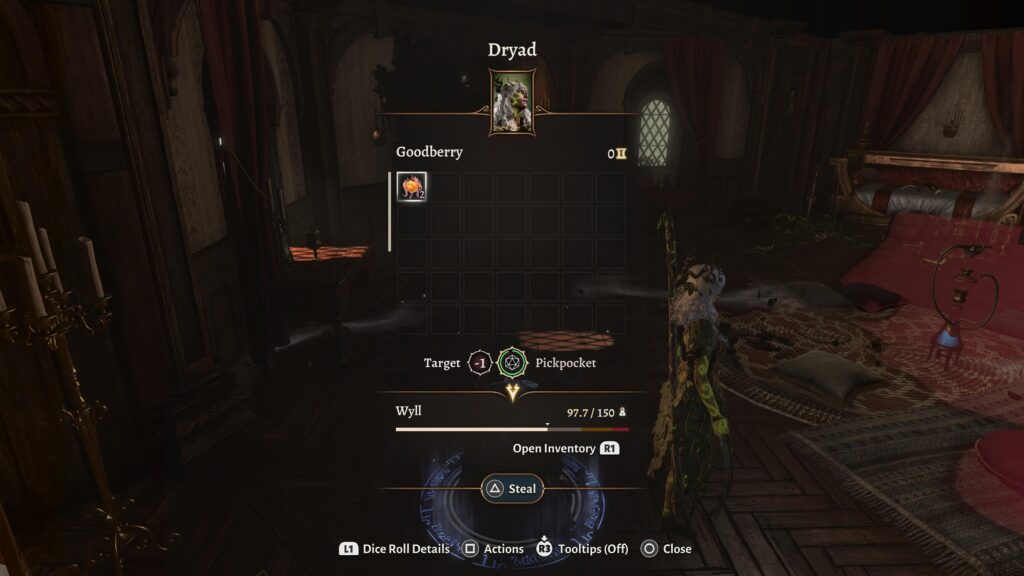
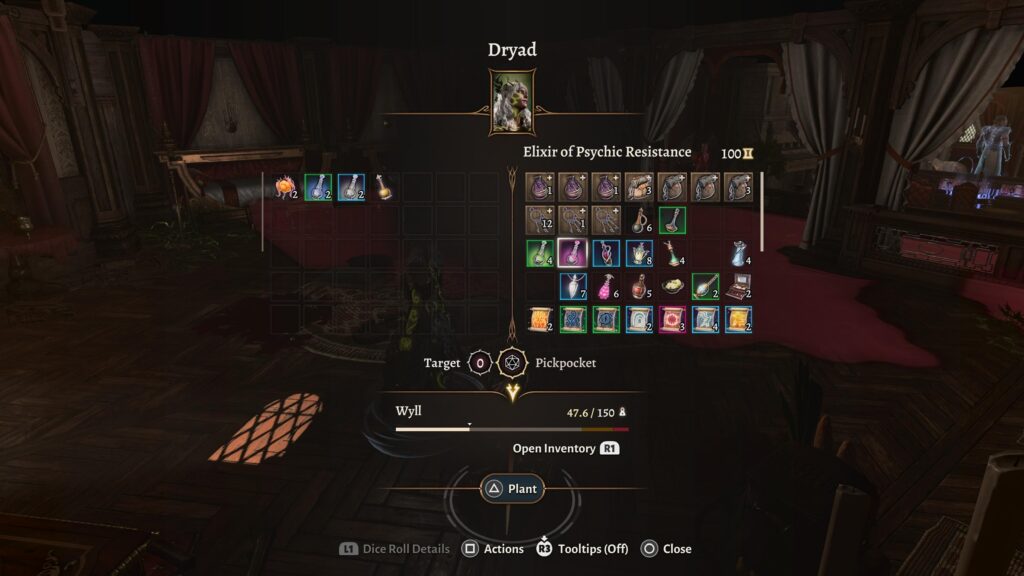
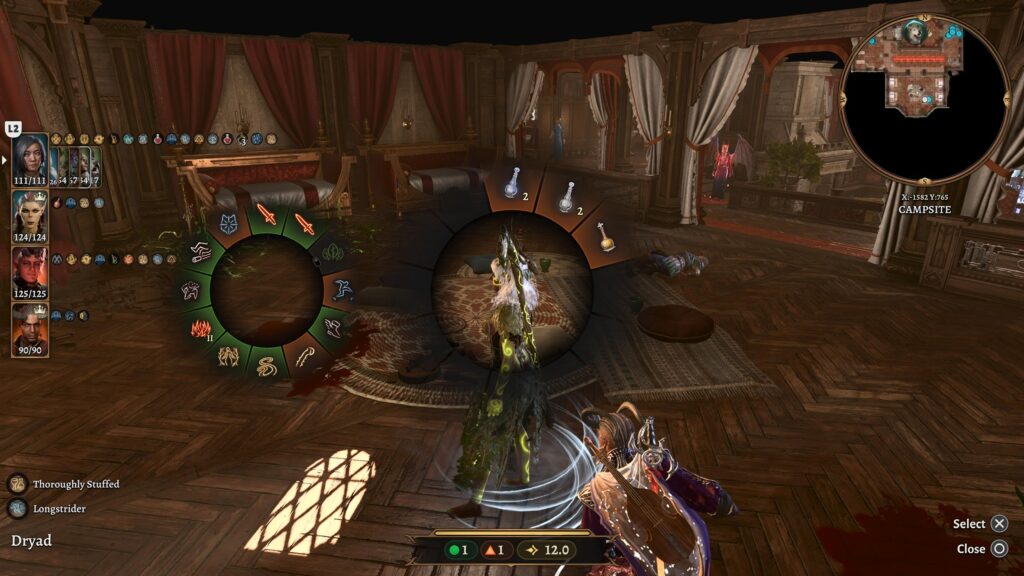
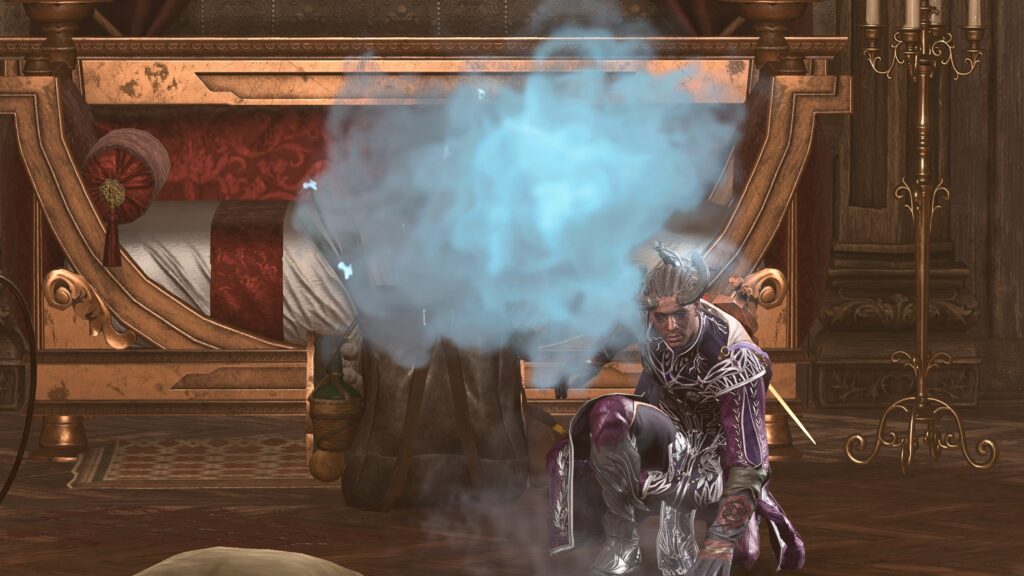
Of course, it would be tedious (and perhaps impractical) to “pushpocket” items to every minion before a combat.
Also, if a minion dies, all the items in their inventory are lost permanently. This is true on both desktops and consoles, but since on desktops it’s possible for minions use items in the character’s inventories, there’s much less reason to pushpocket items on them. They can use items “on the fly” (apologies to Flying Scratch!) without having to anticipate their needs in combat.
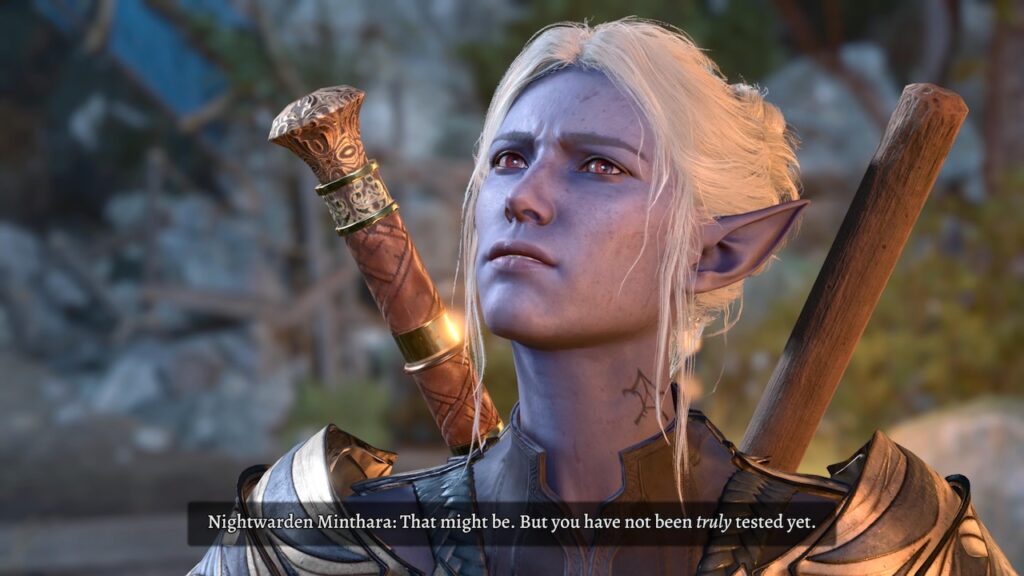
References
I should mention a couple of Reddit posts that are the source of some of the material in this essay:
Pingback: BG3 – Alternatives to Fly – The Argothald Journal
Pingback: BG3 – You can be Arctic Druid Angela too Five – The Argothald Journal